Tattoos are one of the oldest art forms around – not as old as dancing and singing, but as old as sculpting and doing pottery.
It’s an art form that has been hated and appreciated, has been used by kings and by prisoners, and has had a special meaning to both warriors and shamans.
Yet, it feels like tattooing is still finding its place in society, going in and out of fashion, and going from widely banned to widely spread.
In this article we’ll cover the following:
- The Early History of Tattoos
- Unique Traditions Around the World
- How They Almost Disappeared
- The Tattoo Renaissance
- The New Millennium and Becoming Mainstream
Where did the tattoo begin, and how has the art form changed over the years? Here’s a timeline of the evolution of tattooing.
Early History of Tattoos
From 30.000 BCE to 2000 BC
The very first tattoos are thought to be from around 3370 BC to 3100 BC. This is where the earliest evidence of tattoos comes from, on the mummified skin of ancient remains. In fact, there are some cultures that are believed to be tattooing skin as early as 2100 BC. Evidence of tattooing in early culture has been seen in China, Sudan, Russia, Greenland, The Philippines, and more. It’s clear that it was a widespread practice in many areas of the globe.
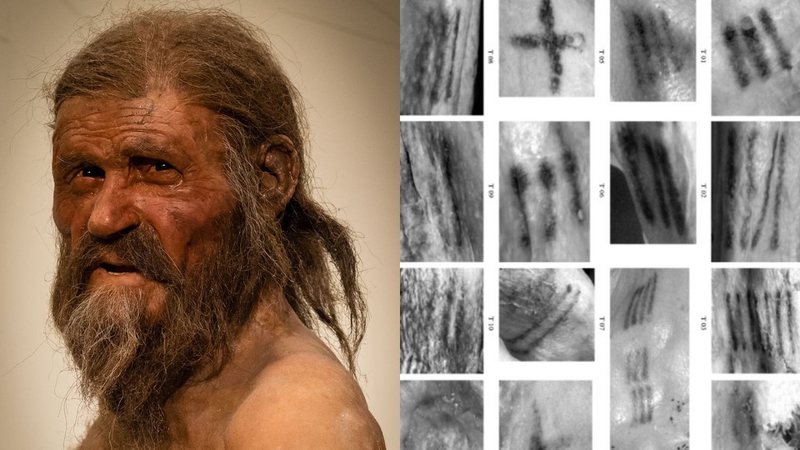
Some of the earliest evidence of tattooing comes from Otzi the Iceman. Otzi is a mummy that was found in the Otxal Alps, which is how he got his name. He has a total of 61 tattoos on his body, most of them found on his legs. Experts believe these tattoos were achieved using soot or fireplace ash.
Unique Traditions Around the World
From 2000 BCE to 1500 CE
Tattoos are known to have been present in every continent before the onset of Abrahamic religions.
Many tattoos date back to ancient traditions, which vary from country to country, but overall, as Charles Darwin once said, probably every country on earth has tattooing traditions on their heritage.
It’s fascinating to see how these tattoos have changed over time.
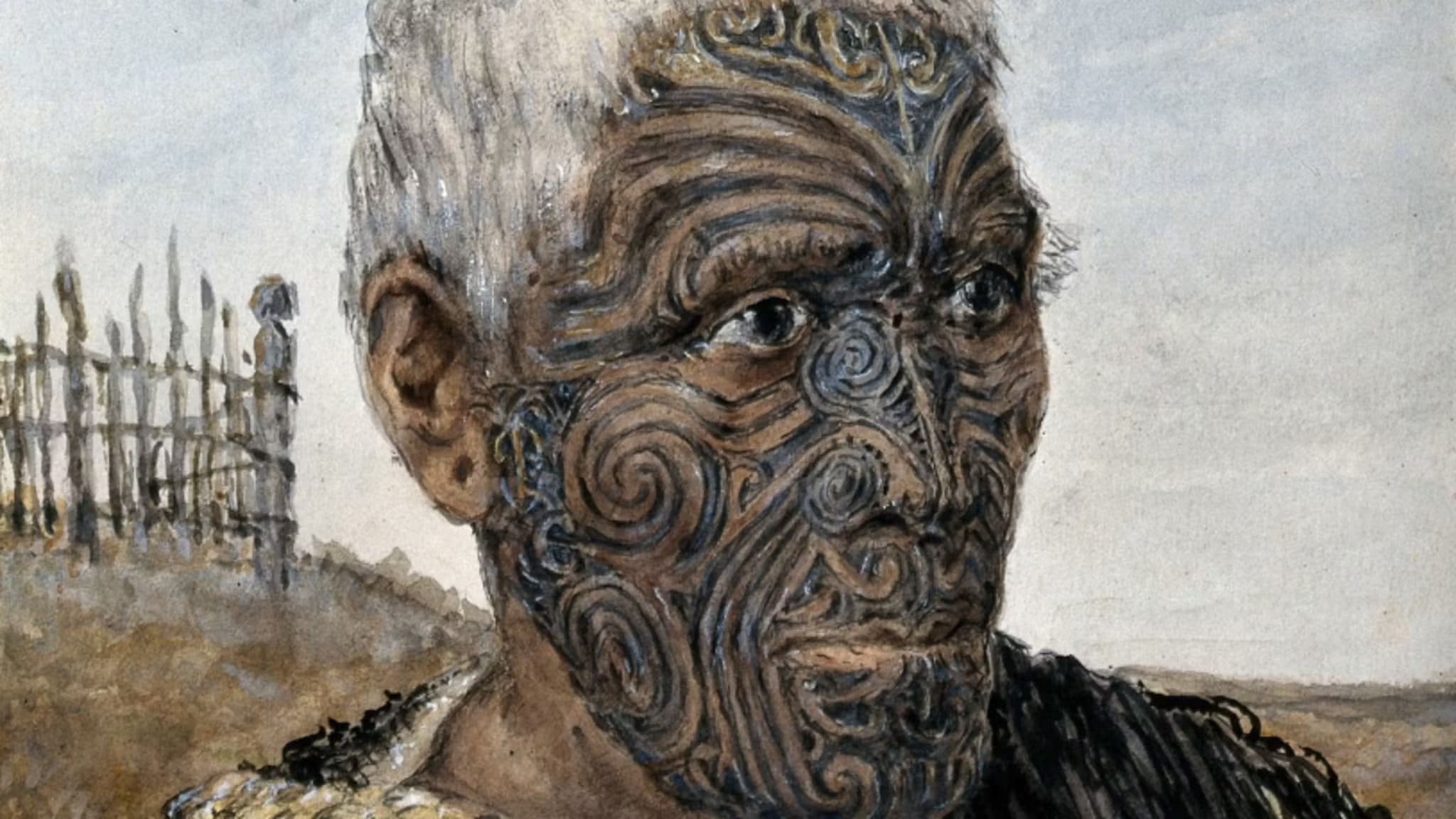
Ancient China
In ancient China, tattoos were believed to be barbaric, so having tattoos was a stigmatized practice. Despite this, tattoos have been found on mummies in Asia dating back to 2100 BC to 550 BC.
Most of the evidence of ancient tattooing practices in China dates back to the Shang Dynasty (c. 1600-1046 BC). Tattoos were used for both decorative and ritualistic purposes. Many early Chinese tattoos had religious or spiritual significance, often serving as protection against evil spirits.
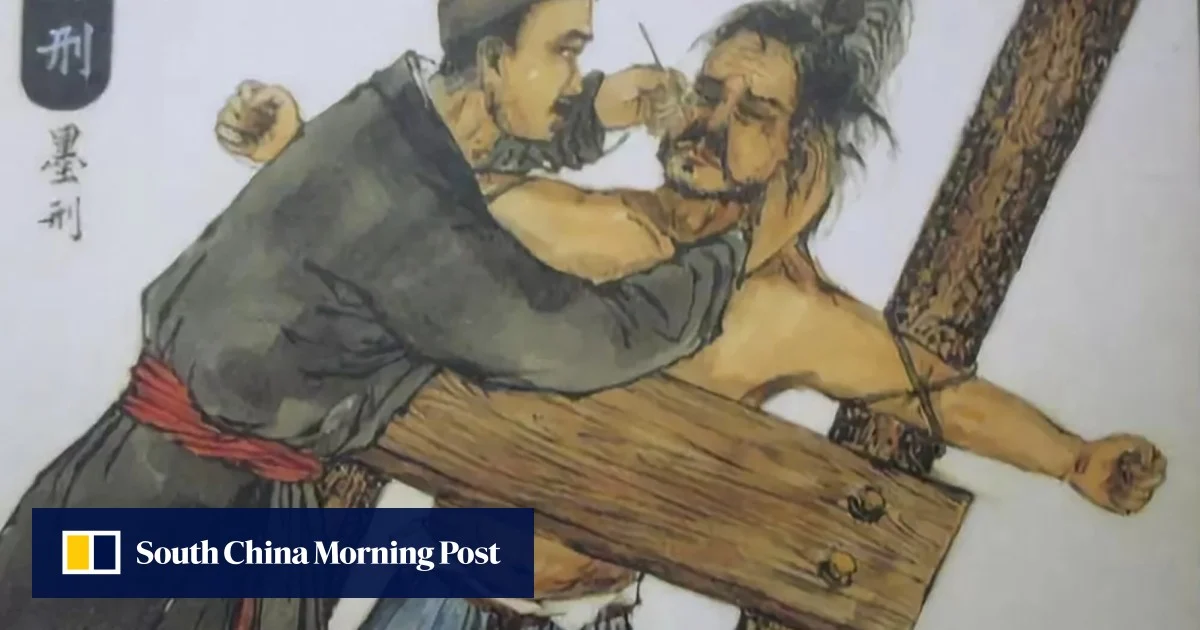
It is believed that as punishment for criminal acts, criminals would be branded with a tattoo on their faces. This was to warn others that they were an unsavory character that could not be trusted. Ancient Chinese literature refers to bandits and folk heroes having tattoos.
Ancient Japan
Tattooing in Japan can be traced back to the Jomon period (10,000 BCE to 300 CE), where evidence of tattoos on clay figurines and pottery suggests its early existence. These tattoos likely had both decorative and spiritual significance.
Religious and Spiritual Significance: Tattoos were closely associated with spirituality and religion. Many indigenous Ainu people in Japan used tattoos as a form of spiritual expression, and it was believed that they served as protective symbols.
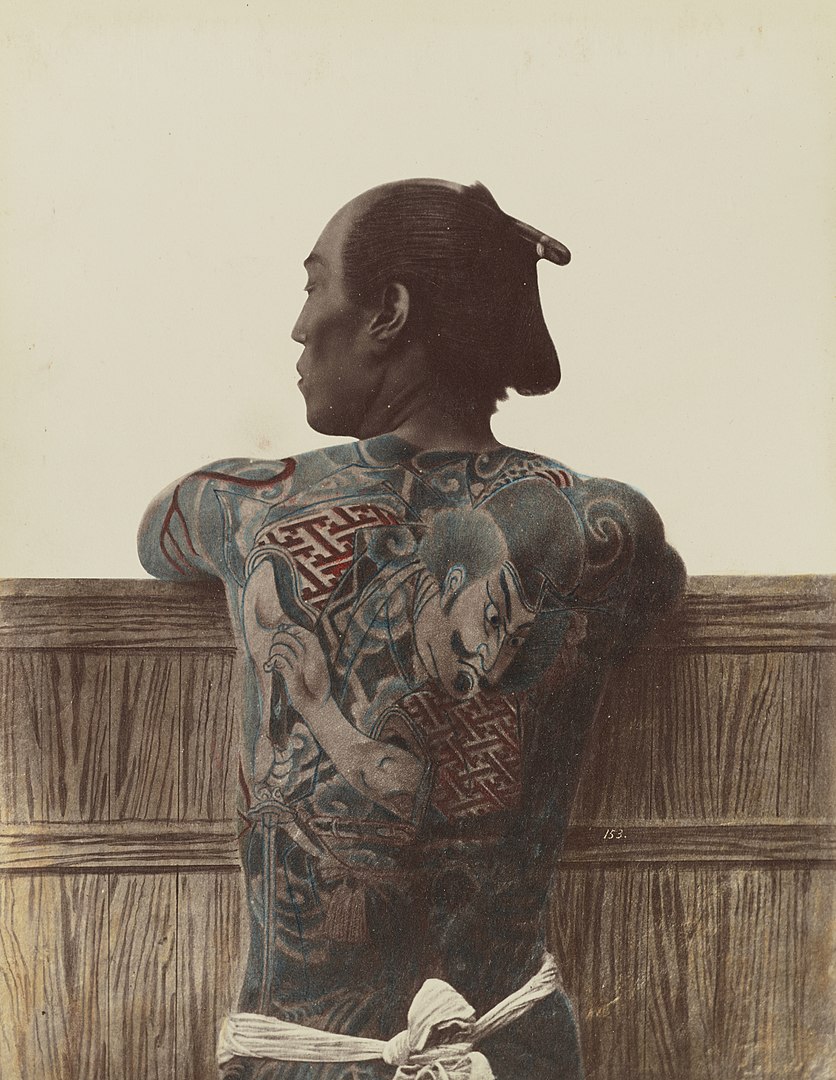
During the Edo period (17th to 19th centuries), tattoos took on a different role and started to become stigmatized and used as a punishment. Criminals and social outcasts were often branded with tattoos as a form of punishment and social stigmatization. This practice, called “irezumi,” involved marking the foreheads or arms of convicts.
Polynesia & Samoa
The term ‘tattooing’ may have come from the Samoan word ‘tatau’ for tattoo. In the Samoan culture, tattooing is a cultural practice, a skill handed down from father to son. The act of tattooing has been passed down for over two thousand years, and is usually done by hand. In fact, the way tattoos were done was very painful and often lasted for weeks at a time.
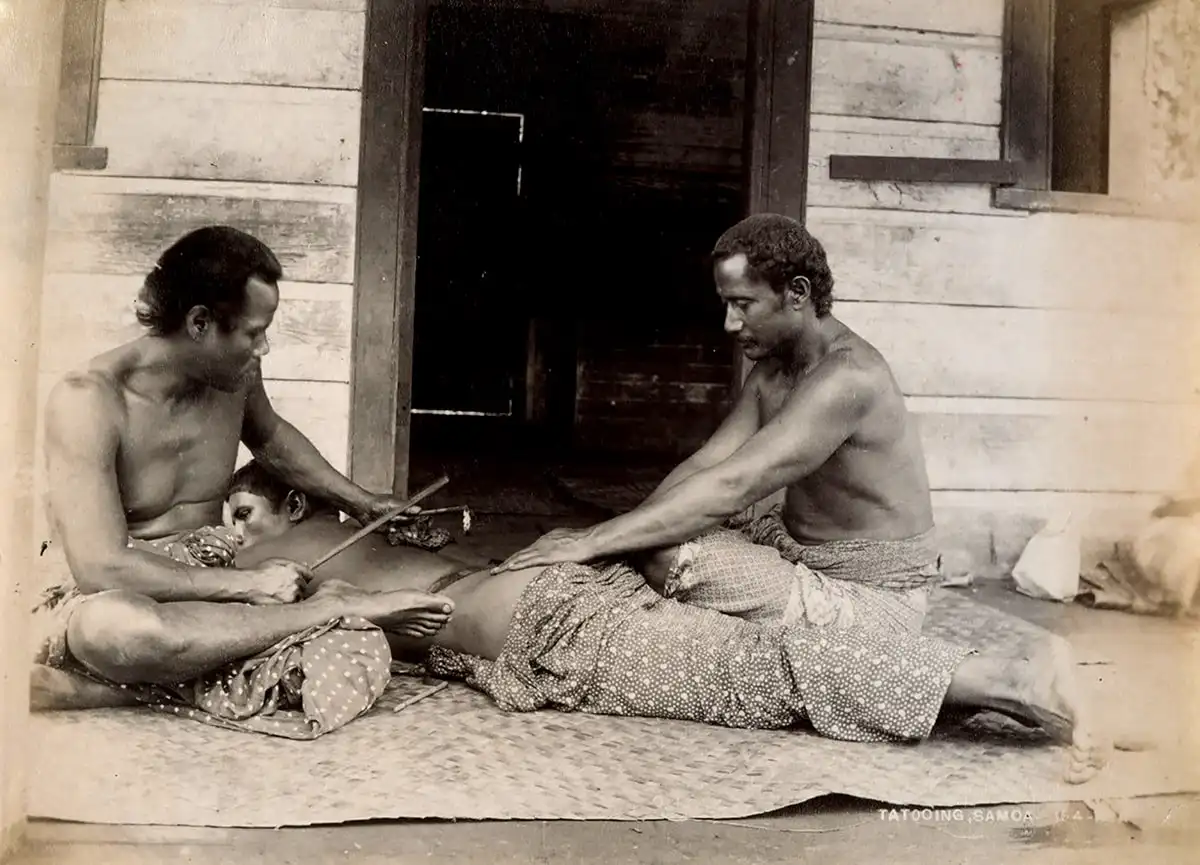
The tattooing tools was made from boar and shark’s teeth. There were often ceremonies where a new chief was tattooed to mark their ascension to the role. If someone were unable to bear the pain of the process though, they would bear the brand of shame.
Samoan tattoos were typically intricate, with detailed geometric patterns and symbols. The designs often represented aspects of Samoan culture, including motifs of nature, family, and personal achievements.
Ancient Egypt
Experts agree that in ancient Egypt, tattooing was mostly done as a procedure on women. This is thanks to the little evidence of ancient Egyptian male bodies with tattoos. On the other hand, the mummified remains of women were often found with tattoos.
What’s interesting is that the act of tattooing may have gone through development as a medical practice. Examination of female mummies, such as the priestess Hathor, show tattoos that may have been used as treatment for pelvic peritonitis.
Ancient Greece And Rome
Tattoos in Ancient Greece and Rome were again used as a punishment, as criminals were branded with marks to make them stand out from society.
Slaves were also branded to show ownership during this time. In some cases, they were often branded to show they had paid their taxes.
Germanic Tribes
it is believed that most Germanic tribes have some form of tattooing. We know this due to descriptions in Roman texts and we can also see it in Germanic and Celtic jewelry and artifacts. They sometimes depict individuals with what appear to be tattoos or body markings. These depictions hint at the presence of tattoos within these cultures. There were many Germanic tribes so the prevalence and nature of tattoos varied among them.
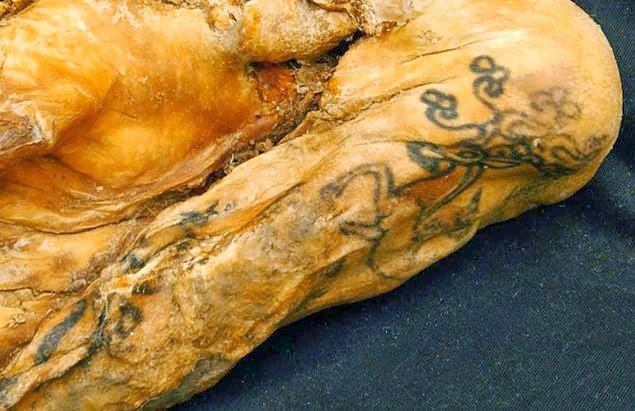
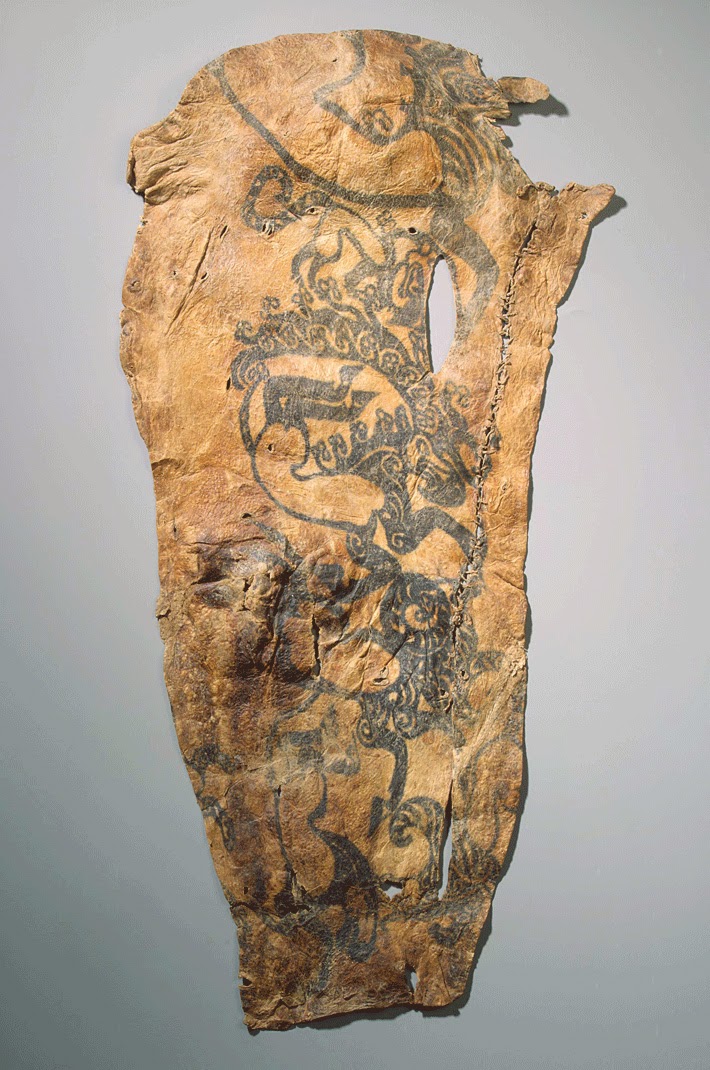
The Celts
The Celts had a unique and enduring tradition of tattooing. They employed a distinctive method by harnessing the Woad plant to produce blue ink for their tattoos. Interestingly, many of the tattoo designs we encounter today draw inspiration from the intricate patterns found in ancient illuminated manuscripts, the detailed carvings on Pictish stones, and various metal artifacts that have survived from Celtic culture.
Aboriginal Dreamtime
Aboriginal tattoos are not merely decorative; they hold deep cultural and spiritual significance. They serve as a way to connect individuals with their ancestors, their land, and their cultural heritage. These tattoos are often seen as a visual representation of one’s identity and connection to the Dreamtime.
The tattoos would often depict animals, plants, landscapes, and ancestral beings, with each element holding a specific meaning and reflecting the individual’s identity within the community.
The main method was scarification, where designs were cut or raised on the skin, and natural pigments made from plants, ash, or clay. Today, some indigenous individuals opt for contemporary tattooing methods, combining modern tattoo techniques with traditional designs.
The Philipines
Known as “batok” or “pintados,” held great cultural and spiritual significance among many indigenous groups in the Philippines. These tattoos were considered badges of honor and bravery, serving as a symbol of one’s achievements, social status, and tribal identity.
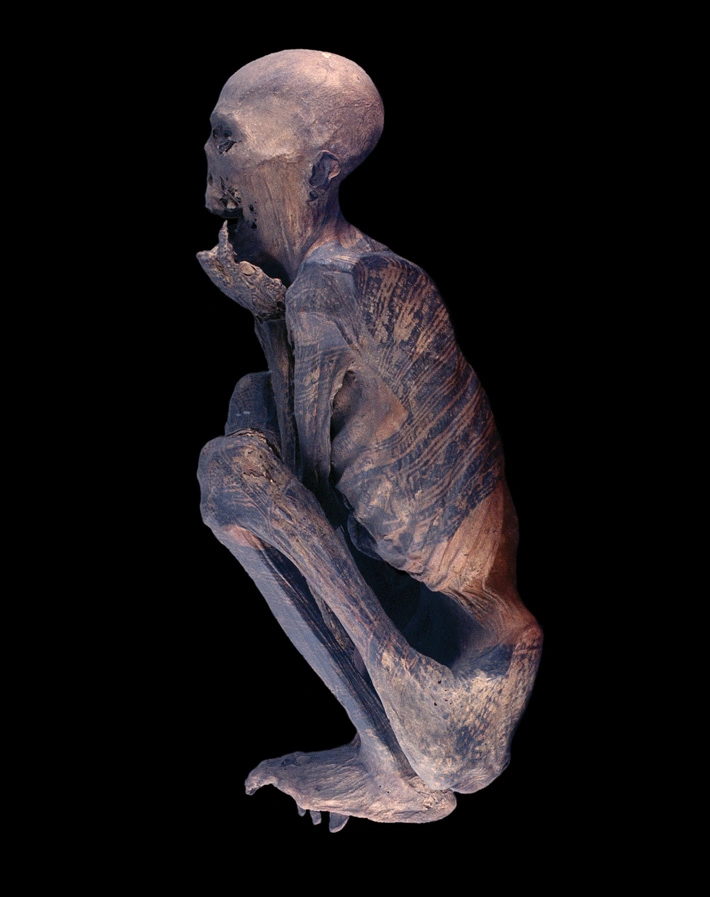
The Philippines is home to numerous indigenous tribes, each with its distinct tattooing traditions and designs. Some well-known groups with strong tattooing traditions include the Kalinga, Bontoc, Butbut, and Visayan people.
The most common motifs included animals, sun and star patterns, and geometric shapes. The patterns conveyed messages about a person’s identity, skills, and achievements.
The traditional tattooing process involves using hand-tapped instruments, such as bamboo sticks with a needle at the end. Ink was often made from natural sources like soot and plant sap. Tattoo artists, known as “mambabatok,” held a respected position within their communities.
In this image from 1900-1920, you can see two Bontoc Igorot men with chaklag (aka chest tattoos)
The arrival of Spanish colonizers in the 16th century had a significant impact on the practice of tattooing in the Philippines. The Spanish imposed their own culture and religion, leading to the decline of indigenous tattoo traditions as they were often associated with animist beliefs.
Burma (Myanmar)
The tattoo tradition in Burma (today known as Myanmar) is diverse and rich, reflecting the country’s cultural and ethnic diversity.
One notable aspect is the Chin people’s face tattoo tradition, a practice predominantly among Chin women.
These facial tattoos, often intricate and symbolic, were traditionally believed to enhance a woman’s beauty and signify cultural identity. However, the tradition has faced challenges due to cultural shifts and government restrictions, making it less prevalent in recent years.

How They Almost Disappeared
From 1500 BCE to 1900 CE
If tattoos were at one point present in most cultures, why did they disappear?
And why did they come back at the start of the 20th century?
When European explorers began their global expeditions in the 15th century, they encountered indigenous peoples in various parts of the world, many of whom had rich tattoo traditions.
European explorers and colonizers, who often viewed indigenous cultures as primitive or pagan, sometimes perceived tattoos as symbols of “savage” practices.
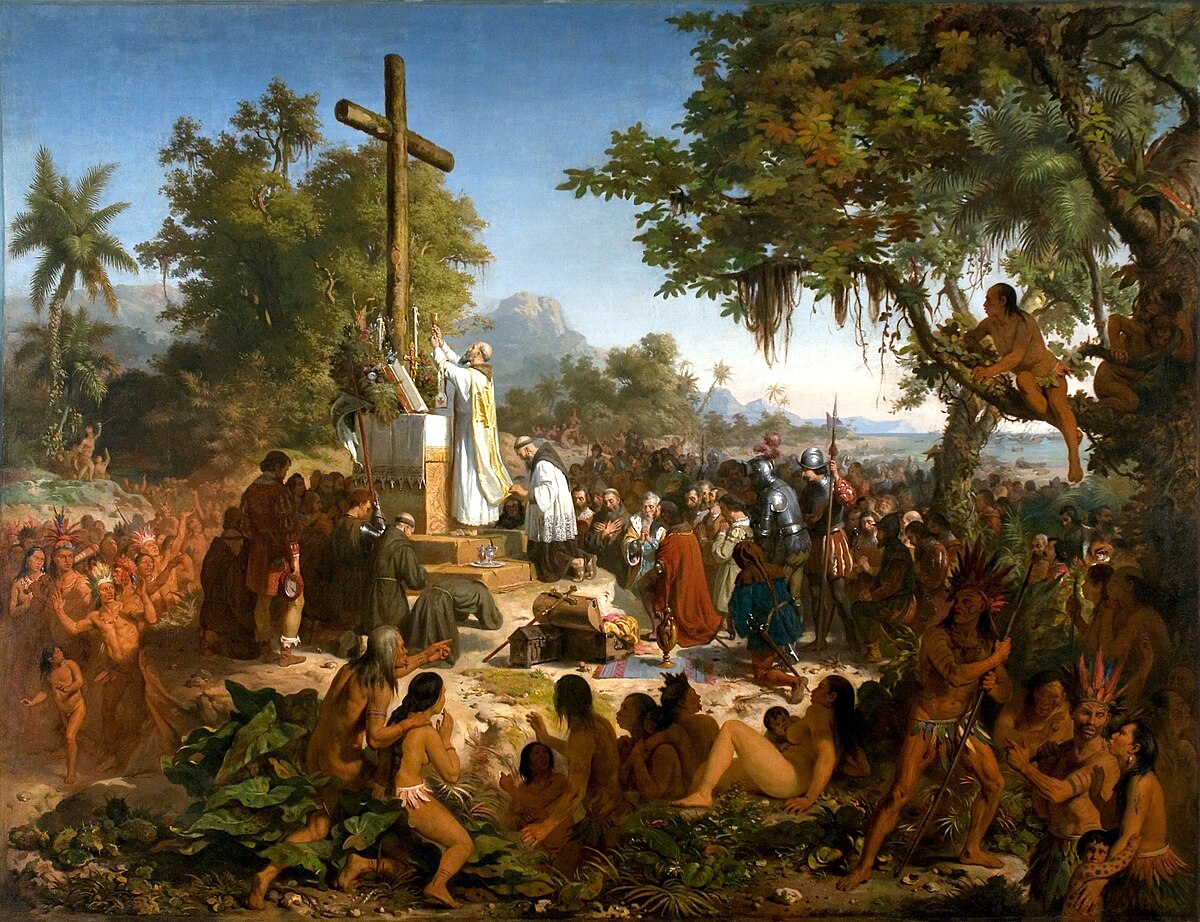
Religious Persecution
In some cases, religious conversion efforts played a role in the suppression of tattoo traditions. Missionaries, in their zeal to convert indigenous populations, discouraged or even forbade traditional practices, including tattooing, which they saw as pagan or superstitious.
Forced Assimilation and Cultural Suppression
As European colonial powers expanded their territories, they imposed their cultural norms and values on indigenous peoples. This often included discouraging or prohibiting traditional practices, which had a profound impact on indigenous tattooing.
Indigenous peoples faced pressure to conform to European standards, leading to the decline of tattooing as a cultural practice. Many indigenous individuals stopped getting tattoos or had them removed.
European colonial powers and settlers often portrayed indigenous peoples with tattoos as uncivilized or undesirable. This contributed to the stigmatization of tattooed individuals and their customs.
The image below shows the tattoos of an Apatani tribal woman whose tattoo tradition was almost erased. She got her tattoos early in life an has been proud of her tradition ever since.
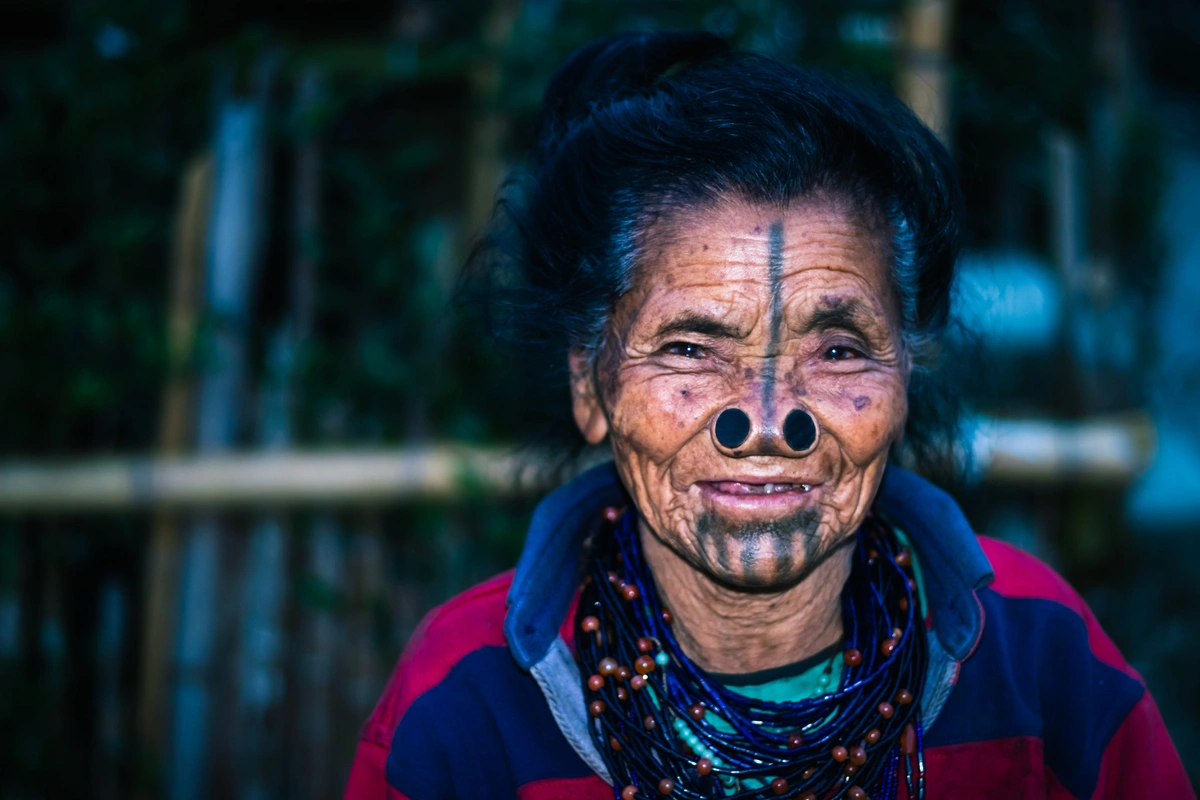
Loss of Cultural Knowledge
The loss of indigenous languages, cultural knowledge, and traditions resulted in the erosion of tattooing practices. As older generations who held this knowledge passed away, the tattoo traditions were at risk of being forgotten.
Survival and Revival
Despite these challenges, some indigenous cultures managed to preserve their tattoo traditions through oral history and cultural resilience. In some cases, the knowledge of tattooing was passed down in secret or among a few dedicated individuals.
A striking example is the Maori tattoos. They’ve been through several phases and at the start of the 20th century have seen their lowest point. Fortunately, the 21st century has brought a huge revival with families now proudly getting their traditional tribal tattoos en masse and dissociating it with a more negative past.
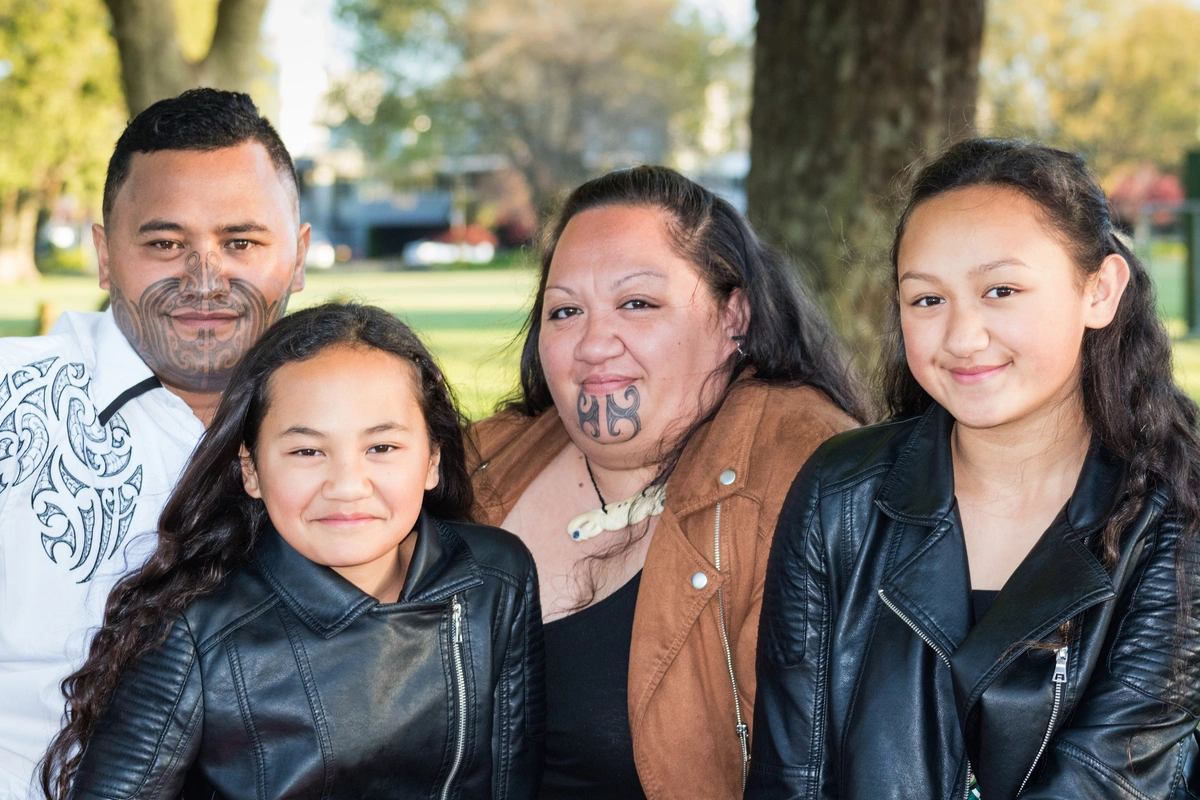
The Maiori revival has been so strong, that today there are even public figures like politicians and tv personalities boasting face tattoos and showing pride in their roots and tradition.
Oriini Kaipara is an example of a famous TV journalist who rocks the evening news with a traditional lip and lower mouth face Maori face tattoo.

The Tattoo Renaissance
From 1900 BCE to 2000 CE
As we move into the 20th century, we see that tattoos in many cultures are still very much considered taboo. At this time, the ‘stick and poke’ method was still the prevalent way to get a tattoo, so they were very painful.
The 20th century witnessed a resurgence of interest in tattooing worldwide, driven in part by a revival of indigenous tattoo traditions and a broader fascination with body art. Indigenous groups, such as the Maori of New Zealand, the Ainu of Japan, and various Native American tribes, have played an active role in reclaiming and revitalizing their tattoo customs.
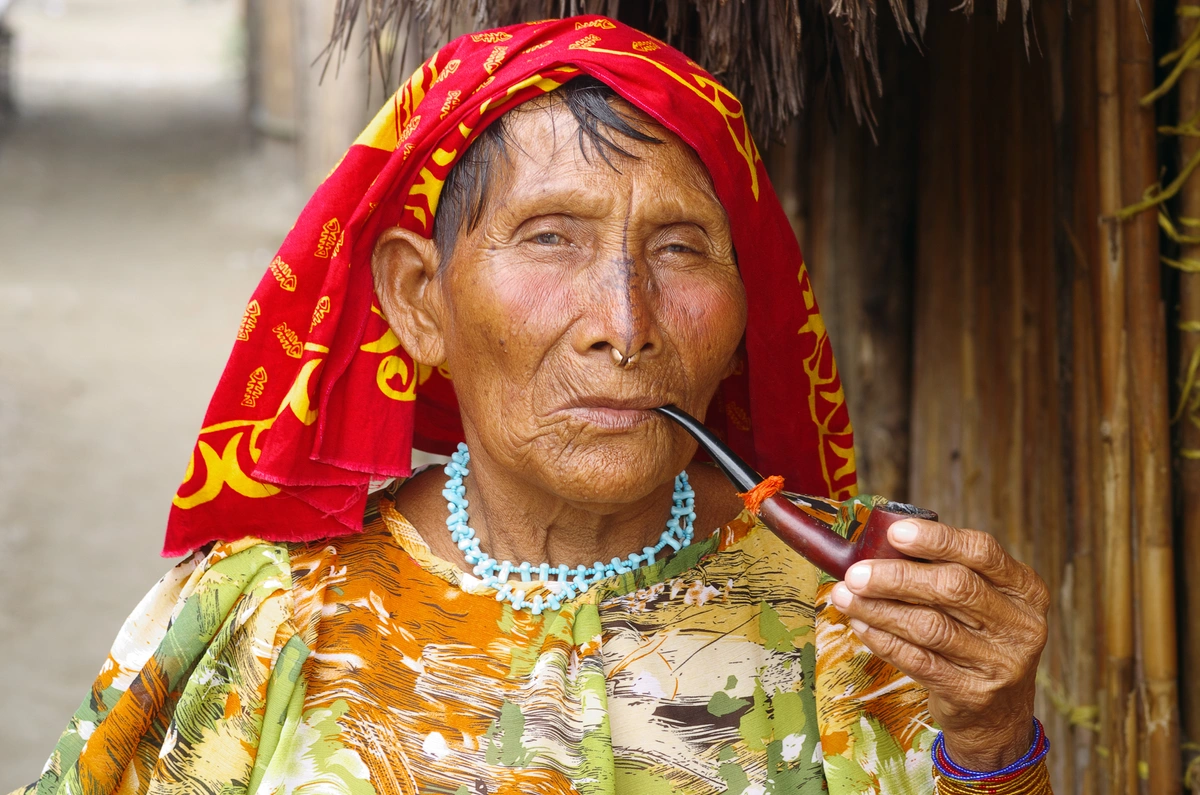
The Invention of The Tattoo Machine
Curiously enough, the origins of the modern tattoo machine date back to the invention of the electric pen by Thomas Edison, patented in 1876.
Originally designed to cut stencils to make multiple copies of the same document, his electric pen was a successful product for a while but eventually lost the market for other models that didn’t require batteries like his did.
However, the invention got a new burst of life in the 1890s when the Irish-American tattoo artist Samuel O’Reilly converted it into the first electric tattoo needle. And so modern tattooing was born.
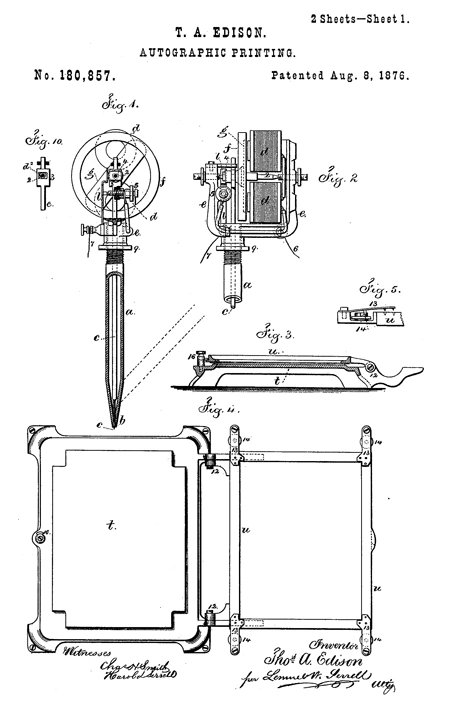
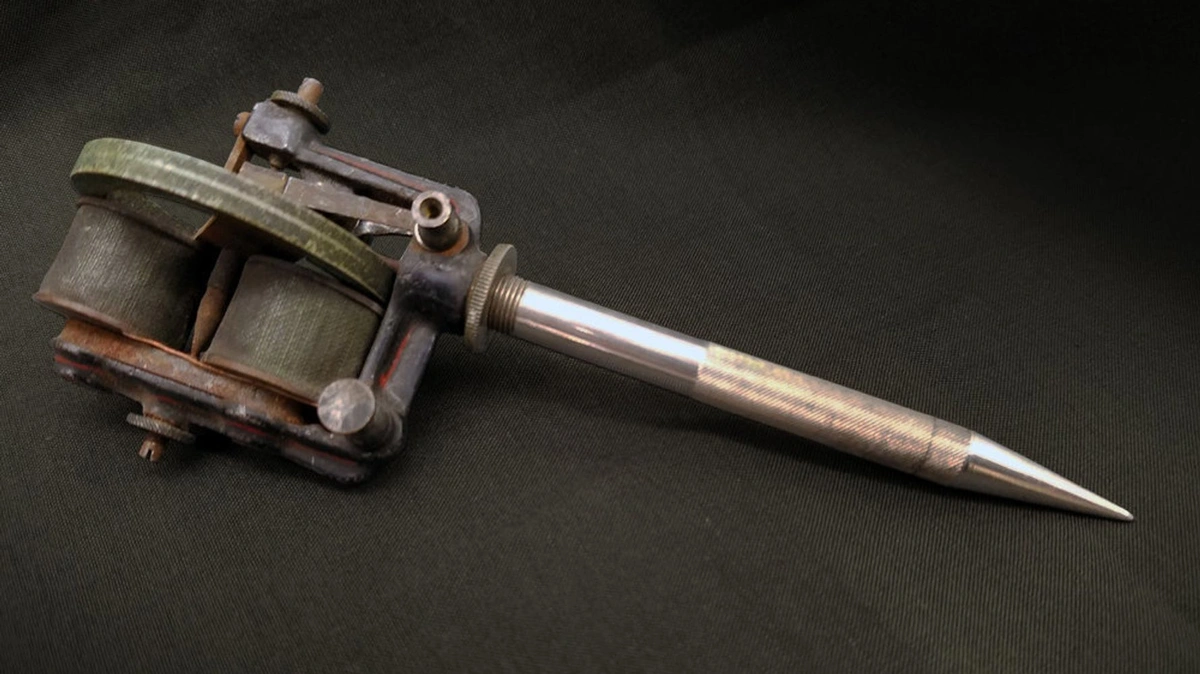
Royal Tattoos
During the beginning of the 20th Century, European royalty took an interest in tattoos. The British tattoo artist George Burchett, known as “The King of Tattooists”, recalls in his memoir having tattooed King Alfonso XIII of Spain and King Frederick IX of Denmark.
Rumor has it that even Queen Victoria had an interest in body art, and even sported two intimately placed designs of a tiger and a python on her arm. Although this is impossible to verify, it is known that members of the royalty had an increased interest in tattooing during the turn of the century.
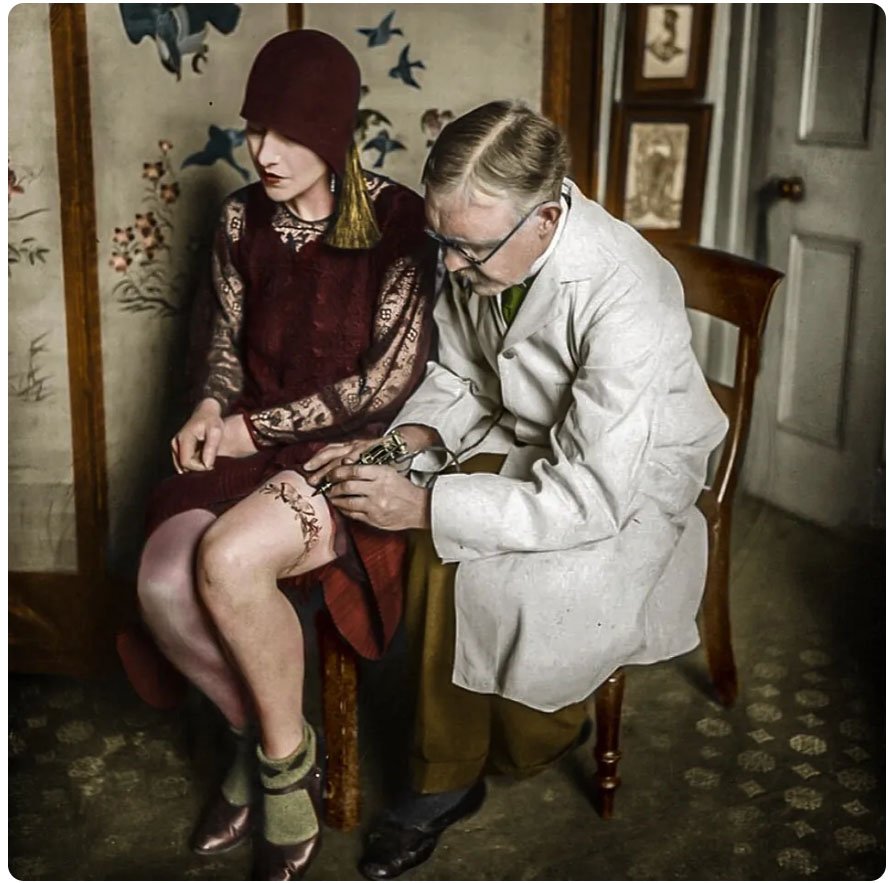
Sailors and Tattoos
At this time, it was popular for sailors to get meaningful tattoos on their bodies. The images they chose all had significance. For example, a swallow showed the sailor had traveled 5,000 miles, while a turtle showed that they had crossed the equator. This is where nautical tattoos like anchors became popular, and are still highly requested tattoos even today.
It was also common for sailors in the navy, and army men too, to get patriotic tattoos. These were seen as a little more acceptable, but the idea of tattoos was still frowned upon.
Circus Freaks
Tattoos were such an ‘out there’ concept in the early 20th century that people would actually pay to see them. Tattooed people would often travel with circuses, putting themselves on display. There were several tattooed people who became quite famous for the art they wore. One was John O’Reilly, who was billed as ‘The Tattooed Irishman’. He is mentioned in the Brooklyn Daily Eagle from as far back as 1887. They noted that his tattoos were a mark of his ‘barbaric practices’.
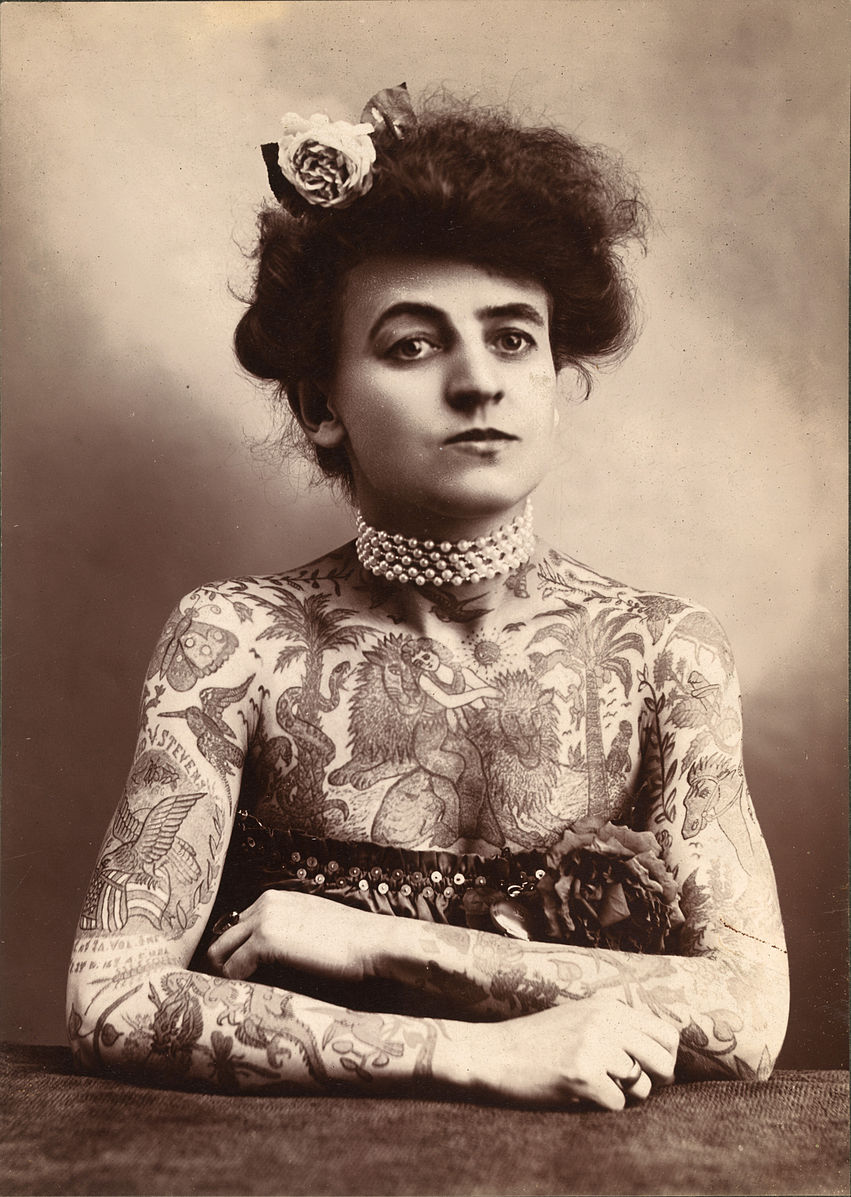
Another famous tattooed performer was Emma de Burgh. She was tattooed by the same artist as John O’Reilly and her tattoos were mostly religious in theme, referencing the Last Supper and the Calvary. She toured with her husband who was also tattooed.
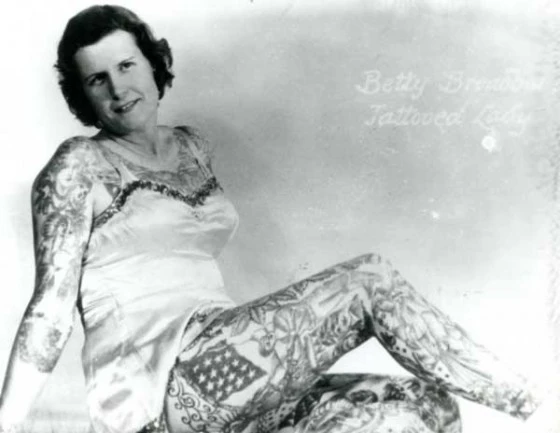
1920‘s Cosmetic Tattoos
At this time, tattooing saw a boom in the female marketplace. It was seen as a good alternative to regular make-up, as it was so expensive. Most commonly women would have eyebrow and lip liner tattoos done. However, at this point tattoos were still taboo, so many women would keep their tattoos a secret.
Social Security Number Tattoos
In the 1930s, Social Security Numbers were introduced, and the populace was sternly reminded that they must memorize their number. Some people were so concerned they would forget theirs that they took to tattooing the number somewhere on them, so they would always have access to it. However, people who did this still kept it quiet. A theory at this time posited that getting a tattoo was a sexual act, so of course many kept this quiet.
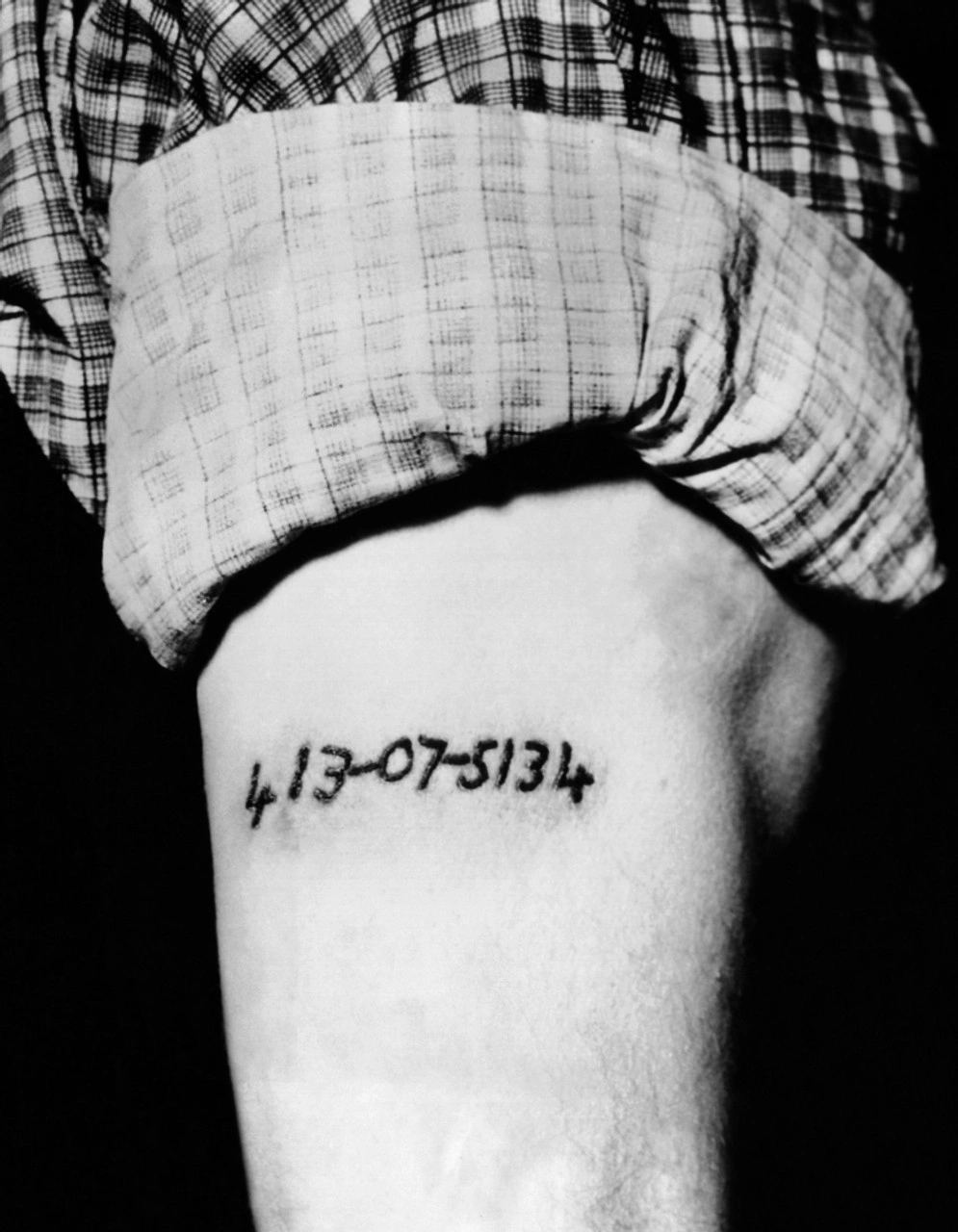
World War 2 and Sailor Jerry Tattoos
As the world went to war, tattooing saw a real shift towards the mainstream. Men who went to war often got tattoos to commemorate their group or got patriotic tattoos. Women back home also began to get tattoos to show their support for the war effort.
At this time, the ‘Sailor Jerry’ tattoos became huge too. These simple designs often featured hula girls, patriotic designs, pin-up girls, palm trees, and the classic ‘mom’ tattoo. These were created by Norman Keith Collins, and his designs still persist to this day.
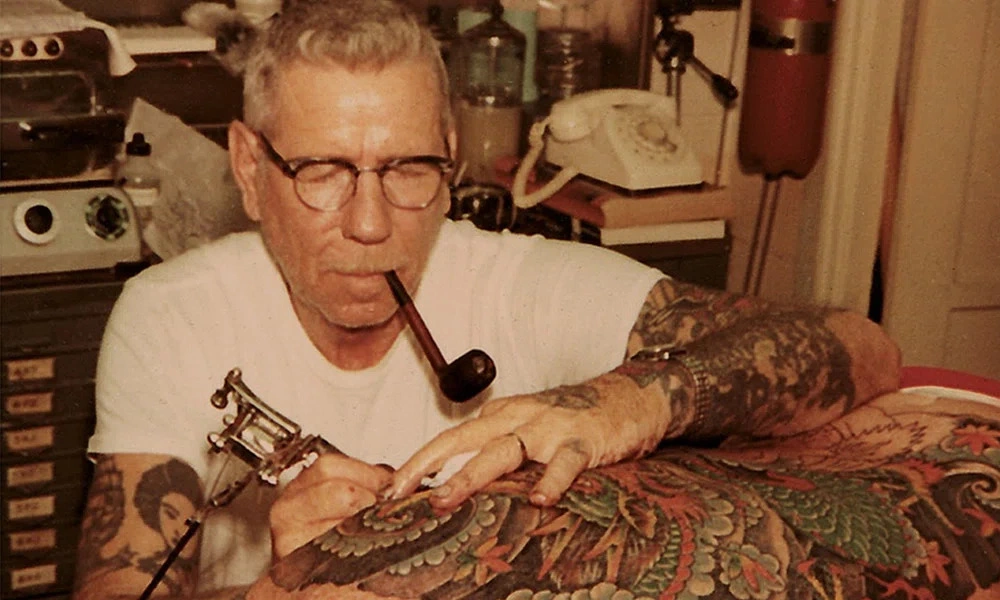
Tattoos since The 1950’s
As the war ended and life went back to normal, there was a serious shift towards the idea of a conservative, family life. Because of this, tattoos became underground again. Women were no longer getting tattoos as they did during the war, as this was again frowned upon.
The 60’s and 70’s
As we moved into the 60’s and 70’s though, there was another huge upheaval in society. People were beginning to question the status quo, and that led to tattoos exploding in popularity. In the ’60s, the peace sign became a popular tattoo as people battled against the Vietnam War, and patriotic designs declined in popularity.
In the 70’s, tattoos were more mainstream than ever before. Janis Joplin even was pictured for the cover of Rolling Stone magazine, sporting a tattoo on her left wrist. The art itself became more complex, featuring depth and shading. If you wanted a tattoo though, you were still having to pick a design from the parlor wall rather than being able to design your own.
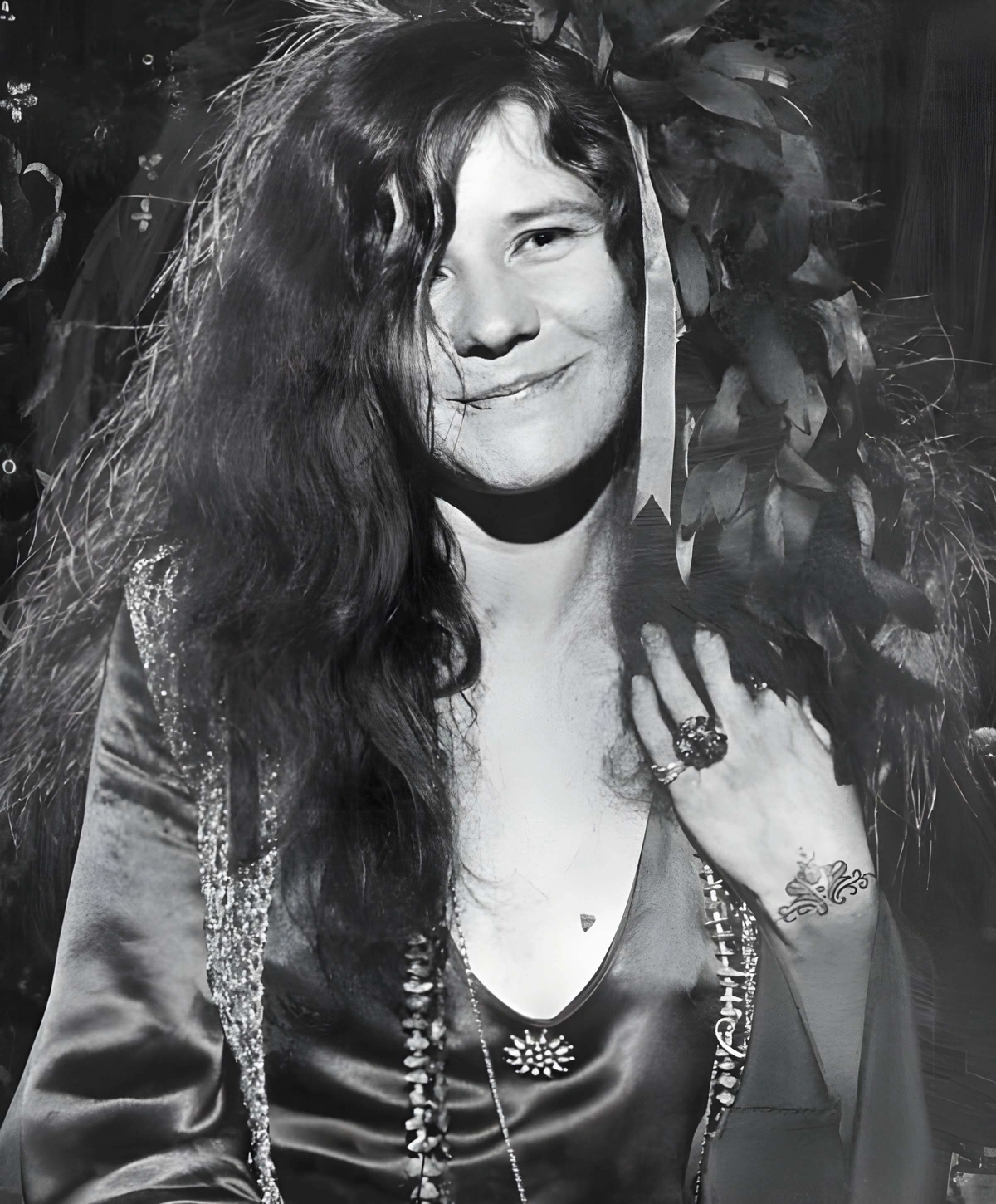
Those who belonged to biker groups would often go for skull and skeleton designs, while hippies loved space designs. While they couldn’t create their own tattoos, they had a lot of choices when it came to their tattoos.
However, rumors went around during this time that tattoo parlors were to blame for the spread of Hepatitis. This wasn’t true, but it did stigmatize the practice longer.
The Growth of the 80s
When the 1980s came around, tattoos were getting bigger and bolder, along with a lot of other fashions from the decade. One design that was very popular was the Celtic Knot, which came in all kinds of designs. Another popular art style was New School art, which was bright and bold, and often showed cartoon characters doing unexpected things.
The spread of tattoos was helped along by the music industry and especially MTV, which had it’s debut in the 80’s.
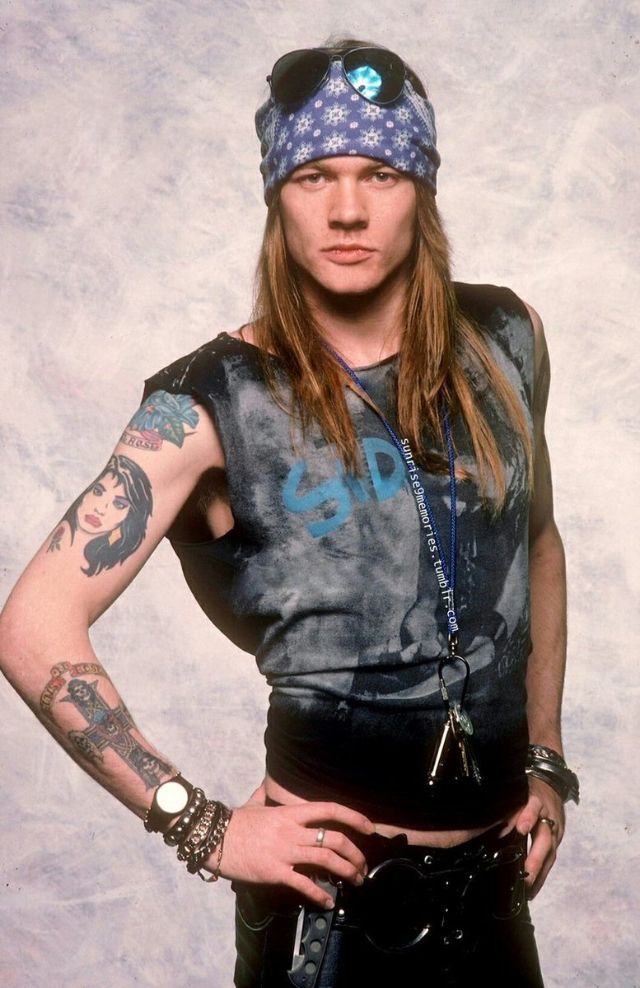
Feminine And Global Patterns Of The 1990s
The proliferation of tattoos in the 90s only spread, and we saw a lot of newer designs come about. Feminine designs saw a real resurgence from WWII, and we saw butterflies, flowers, hearts, stars, and more become popular. Celebrities influenced fashion with their designs, such as Mariah Cary with her delicate butterfly tattoo. Pamela Anderson sported her famous barbed wire upper arm tattoo, something that was copied globally.
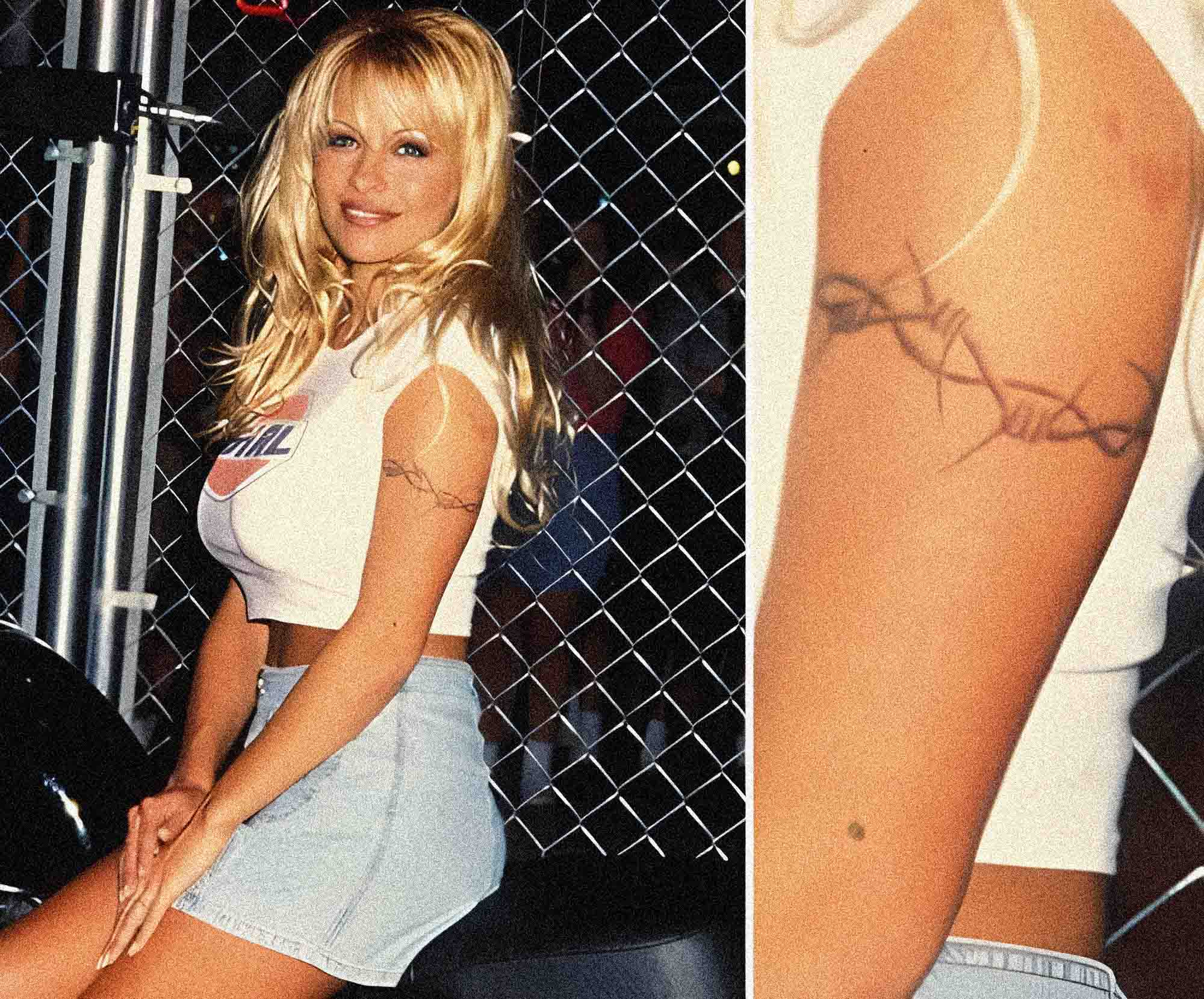
At this point, tattoos were used as a form of healing, too. Women use tattooing after mastectomies to help themselves feel confident about their bodies and often reclaim them after going through such an invasive procedure.
Tribal patterns became a big hit too, with people getting tribal designs, Chinese lettering, and so on. Later on, questions were asked about the ethics of having the designs of a culture other than your own tattooed onto your skin.
The New Millennium and Becoming Mainstream
It’s clear that tattoos finally had their breakthrough into the mainstream in the 2000s. This was partly thanks to the rise of reality TV, and TV crews following people into tattoo parlors to see them get tattoos done. Viewers saw how personal tattoos were, and they became much more popular as a result. These shows even made celebrities out of tattooers like Kat Von D.
At this point, the lower back tattoo was a popular placement, and gained the unkind nickname of the ‘tramp stamp’. These were often tribal designs, flowers, butterflies, and so on.
The finger tattoo became popular at this time too. Many people opted for mustache tattoos at the time when these were having a moment in pop culture.
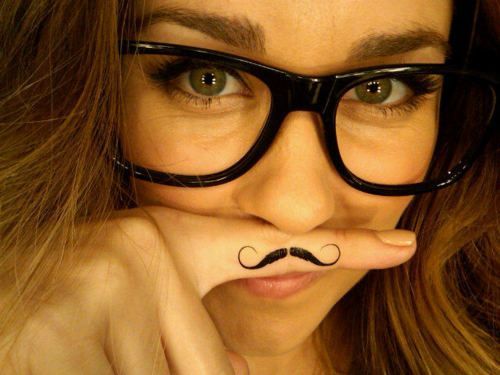
Another popular tattoo was the semi-colon, one that held a lot of significance for those who got it. The semi-colon was a sign that a story wasn’t over, something that those who struggled with mental health issues and suicidal thoughts took comfort in.
At this point, the idea of the ‘seedy’ tattoo shop finally died off. There were huge advances in sanitation, and we saw that tattoos were perfectly safe to get. As such, the number of people getting tattooed rose dramatically.
The Trends Of The 2010s
In the last decade, we saw all kinds of trends in tattooing. More and more people got tattooed, as workplaces relaxed their policies on visible tattoos. Tattoos were no longer seen as a taboo practice, and it was clear that those who were tattooed were as professional and regular as anyone else.
The art saw lots of different styles evolve, too. The watercolor tattoo brought new depths of color to tattoos, creating beautiful delicate designs to many peoples’ skin. There was also the biomechanical trend, where tattoos showed cogs and gears ‘underneath’ the wearer’s skin.
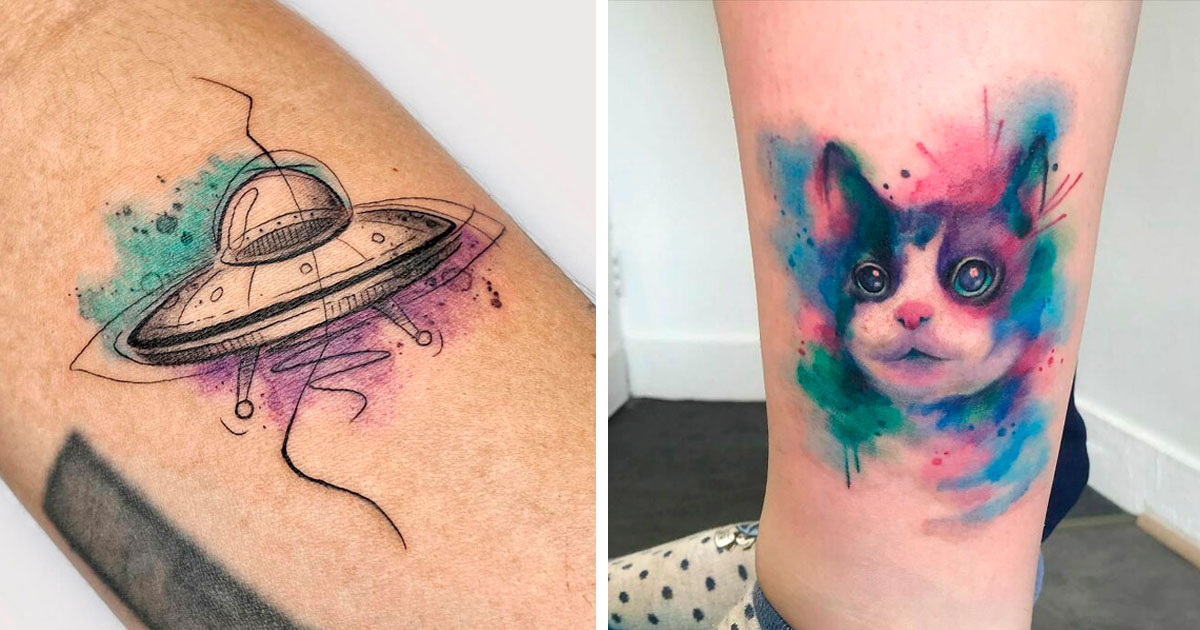
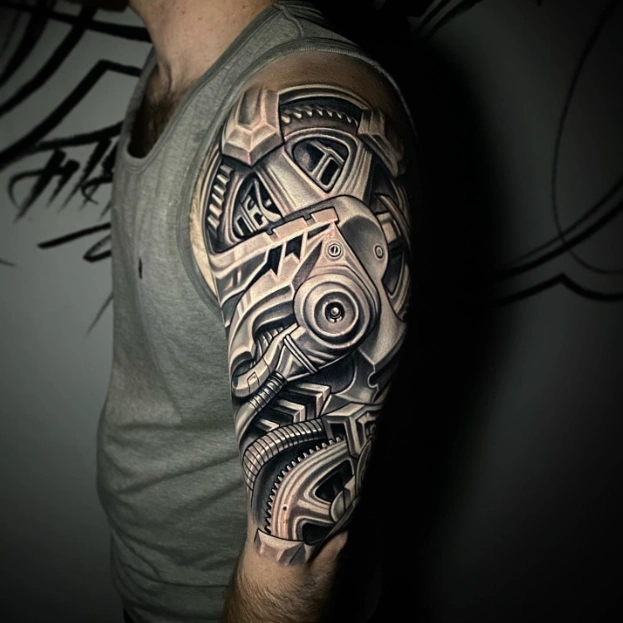
Cosmetic Tattoos
Also known as micro-pigmentation or permanent makeup, this is a form of tattooing that is specifically used for cosmetic and aesthetic purposes. These tattoos involve the application of pigments to enhance or mimic the appearance of makeup. They can be used by both men and women to address various cosmetic concerns.
It is used in several parts of the body by both men and women:
- Eyebrows: Many women opt for cosmetic tattoos on their eyebrows to achieve well-defined, symmetrical brows. This can be especially beneficial for those with sparse or uneven eyebrows or for individuals who want to save time on their daily makeup routine.
- Lips: Lip tattoos are used to create a fuller, more defined lip shape, or to add a natural tint to the lips. It can be a convenient solution for those who want to enhance their lips without relying on lipstick or lip liner.
- Eyeliner: It enhances the look of the eyes, making them appear more defined and larger. Women often choose this option to save time and maintain a consistent eyeliner appearance.
- Scar Camouflage: Cosmetic tattoos can be used to camouflage scars, especially those on the face or in visible areas. This can help boost confidence and reduce the visibility of scars from accidents or surgeries.
- Hairline: Men who are going bald can now create a type of dot work over their scalp to cover lost areas and create a fake airline that fuses with their natural hair.
- Areola Reconstruction: Following breast surgery, some women opt for areola reconstruction tattoos to recreate the appearance of a natural areola and nipple. This is a crucial part of breast reconstruction for many women.
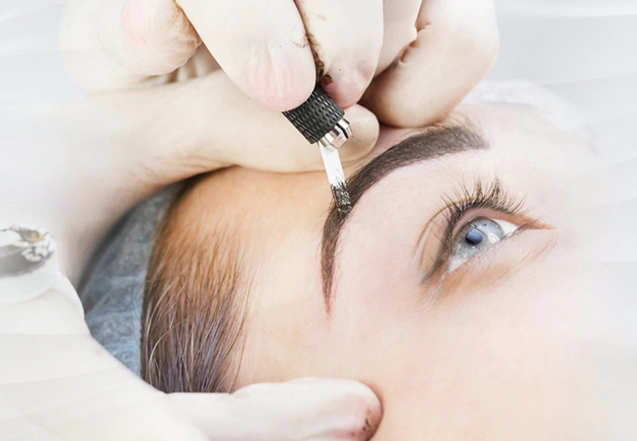
Tattooists Becoming Superstars
In recent years, modern tattoo artists have gained unprecedented recognition, becoming superstars in their own right. The rise of social media, reality TV shows, and changing societal attitudes towards tattoos have played a significant role in catapulting these artists to fame.
You’ve probably heard names like Kat Von D, Ami James, Dr. Woo, Bang Bang or Daniel Silva. These are all artists who make thousands of dollars with each tattoo and could have their agenda full for a lifetime if they so chose it.
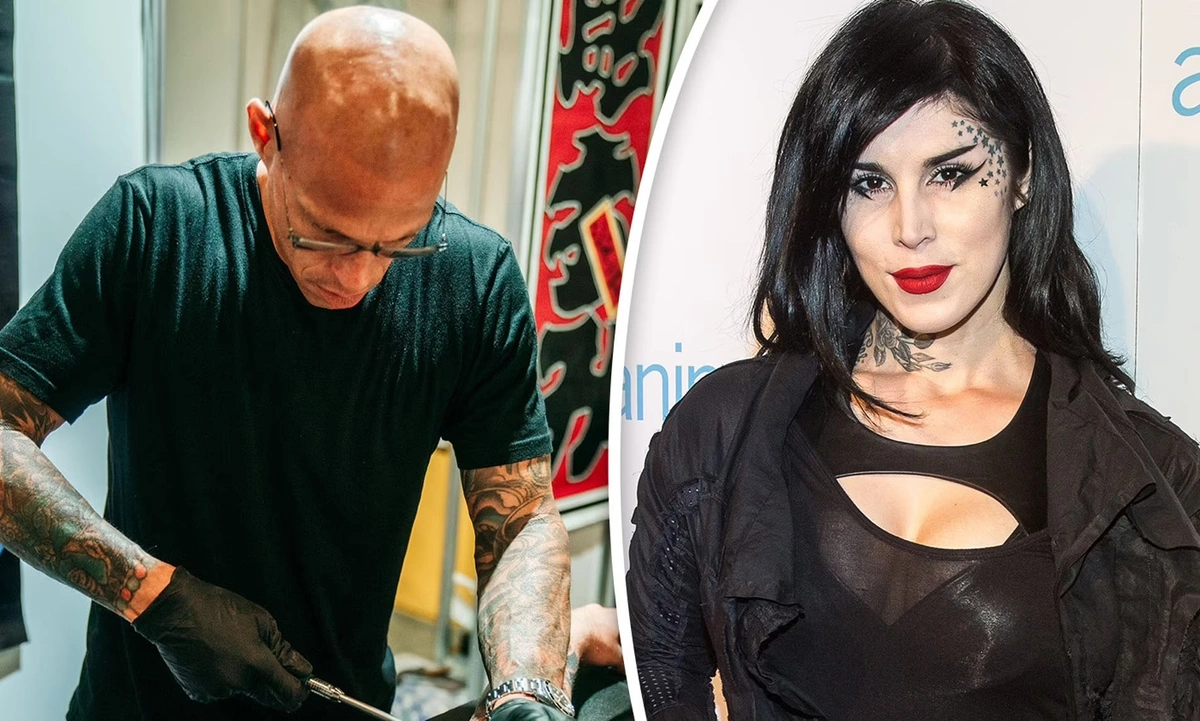
They’ve projected themselves not only as tattooists but as artists and to do so, they leveraged their talent, charisma, and social media presence. These modern pop cultures are boosting the reach of tattoos and have helped to redefine tattooing as a respected art form.
2020s And The State of The Art
Following the new wave of popularization of the art in recent decades, tattoo artists have gone into an experimental path to see what can be achieved with a needle. With a wide variety of styles and techniques being developed simultaneously all around the world, more than ever people are looking for unique expressions of their singularity carved on their skin.
This leads to a diverse background of motifs and technical achievements: on the one hand, we see artists nailing photo-realism pieces with uncanny resemblance to reality; on the other, we witness the rise of trashy and ignorant-style tattoos, objectively meant to be ironic and poorly made.
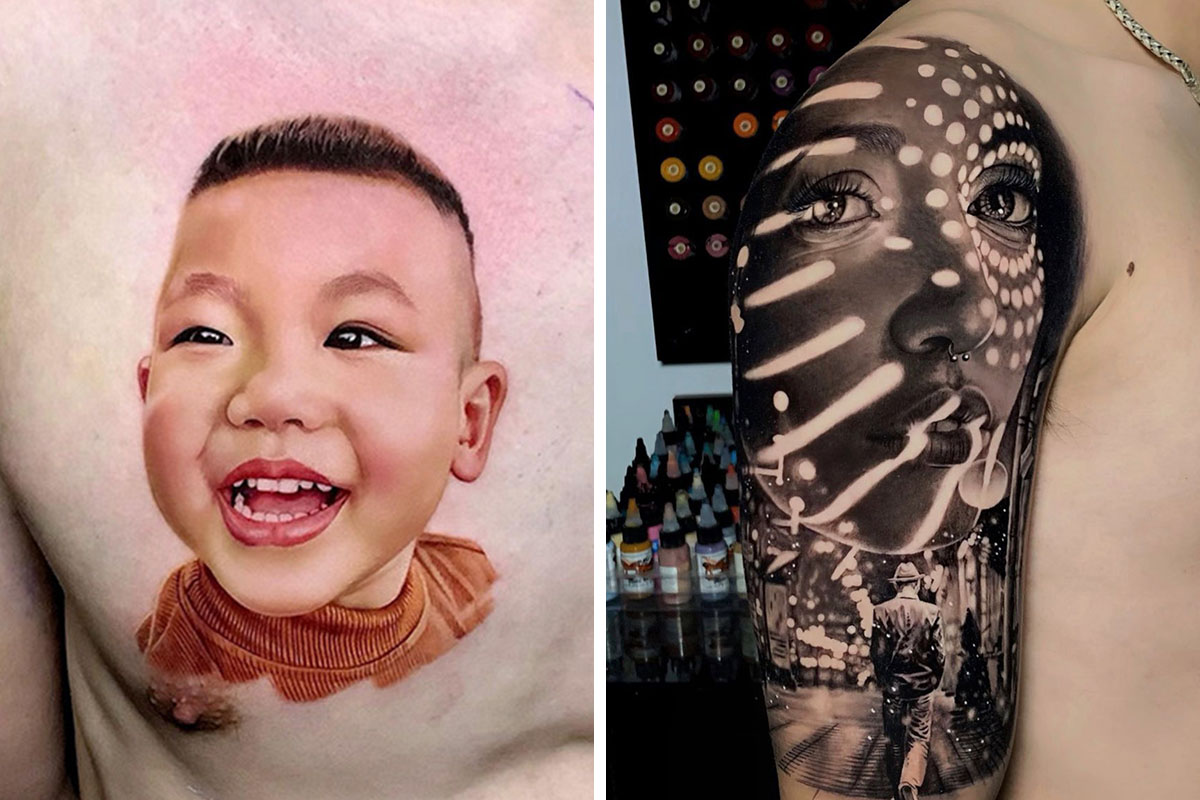
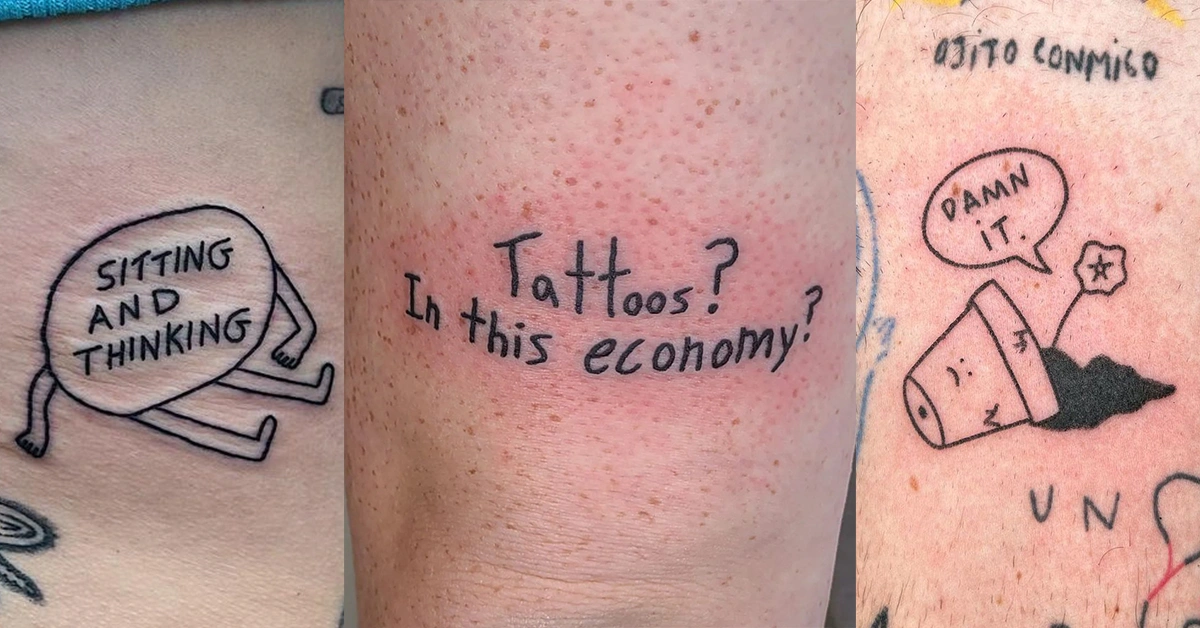
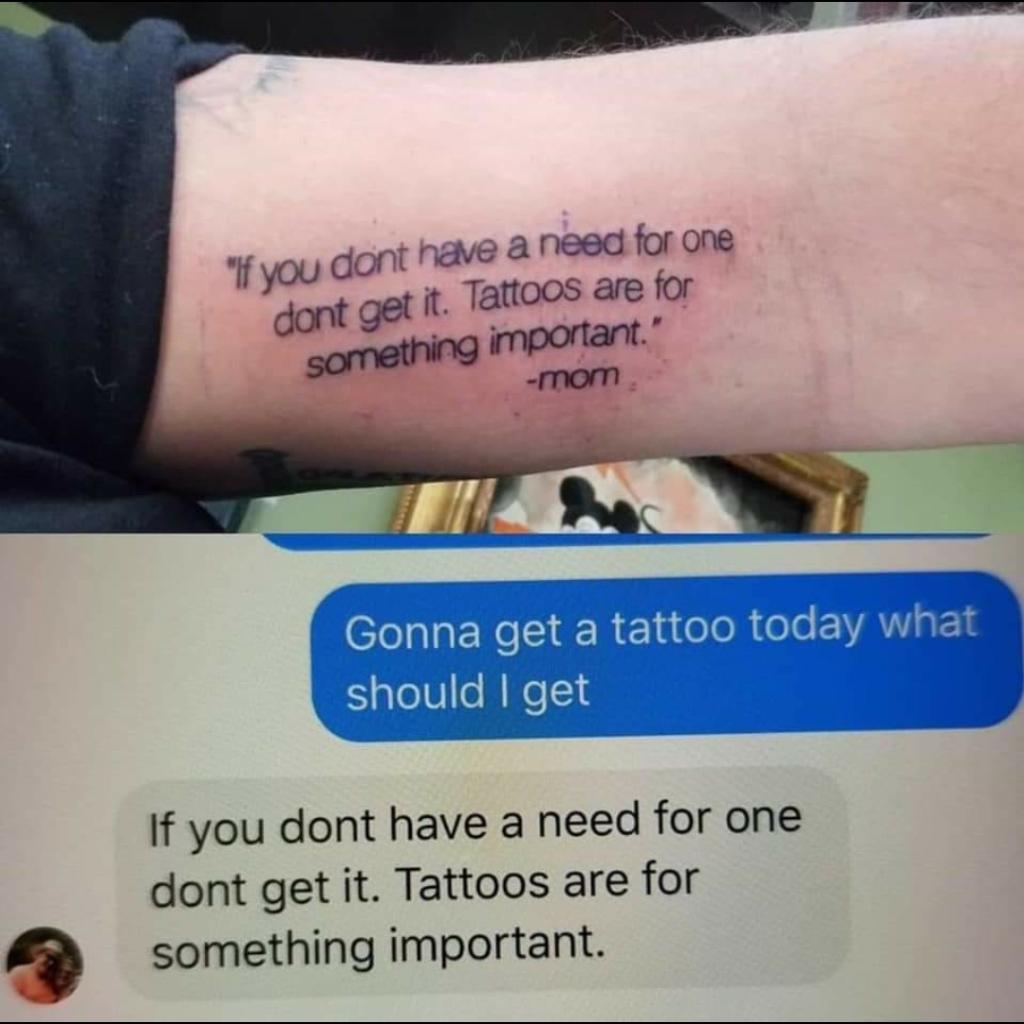
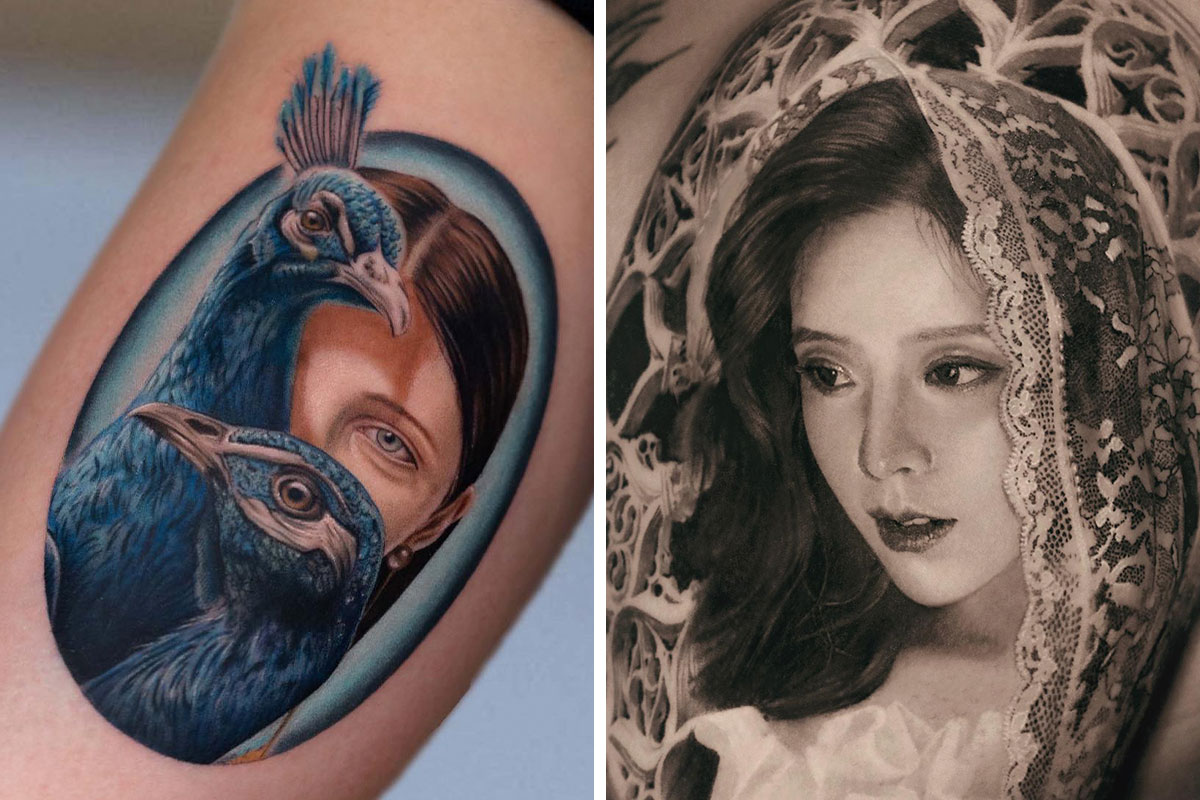
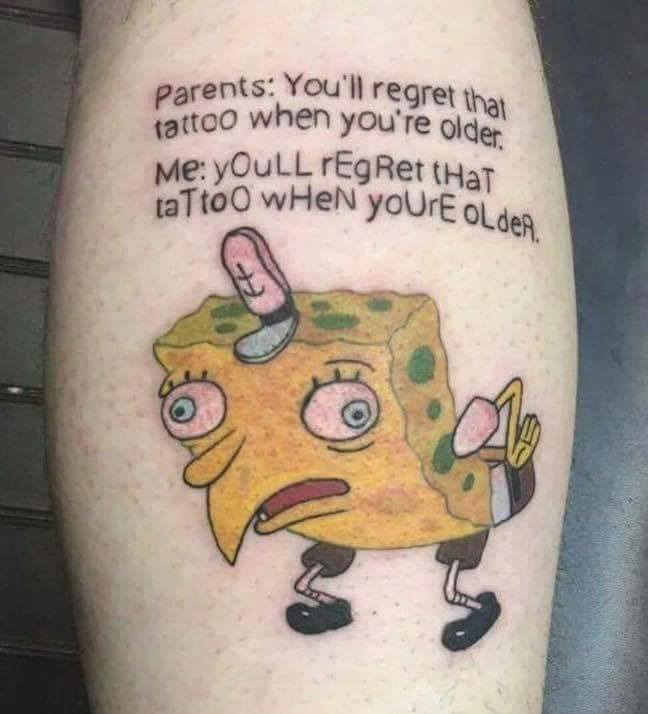
This is a direct consequence of the feeling of freedom that comes with the decreasing perception of tattoos viewed as taboo. As more and more people feel free to express their inner selves with artwork that’s inked to the skin, new aesthetic approaches to the making of tattoos allow for innovation, such as with the art fusion style.
Art fusion comes from the combination of distinct tattoo schools in the same piece. This is only possible due to the widespread knowledge of different techniques and styles, which can be picked and used by the artist as colors in a palette. It is a creative nod to the very history of the form, by combining quotes from different eras and geographical regions of the tattoo tradition.
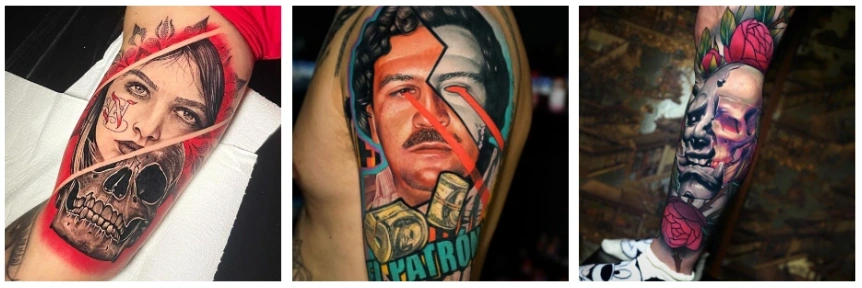
The Future Of Tattooing
From 2000 CE onwards
Where will tattoos go from here? It’s hard to say, as it’s so often difficult to spot trends in art. It’s clear that tattoos have finally taken their place in the mainstream. More and more people get tattoos who would never have thought about them before. That means that we could see all kinds of art styles grow in popularity in the next decade.
One element that will definitely find its way more and more into the art is the use of Artificial Intelligence. Artists and clients alike are already using the technology to facilitate visualizing concepts and ideas more quickly. As AI slowly finds an aesthetic niche of its own, it’s very likely that we will see tattoo schools trying to incorporate that feel into the craft, the same way it did with photography.
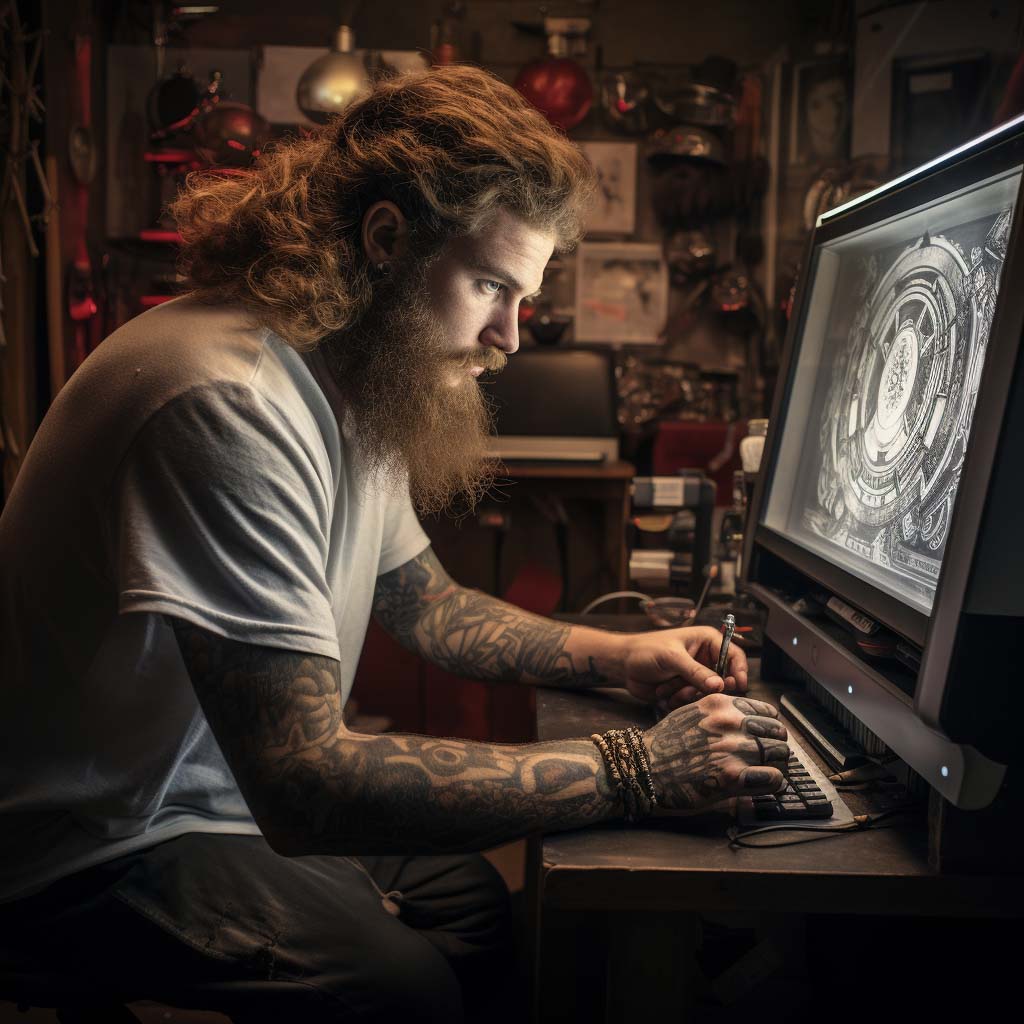
Tattoos have been a feature of human expression for literally thousands of years. From the medical tattoos of Ancient Egypt to the watercolor tattoos all your friends are getting, there’s a lot of history. It’s enough to make you find a tattoo artist yourself. Maybe you’ll be the one to kick-start the next big trend.

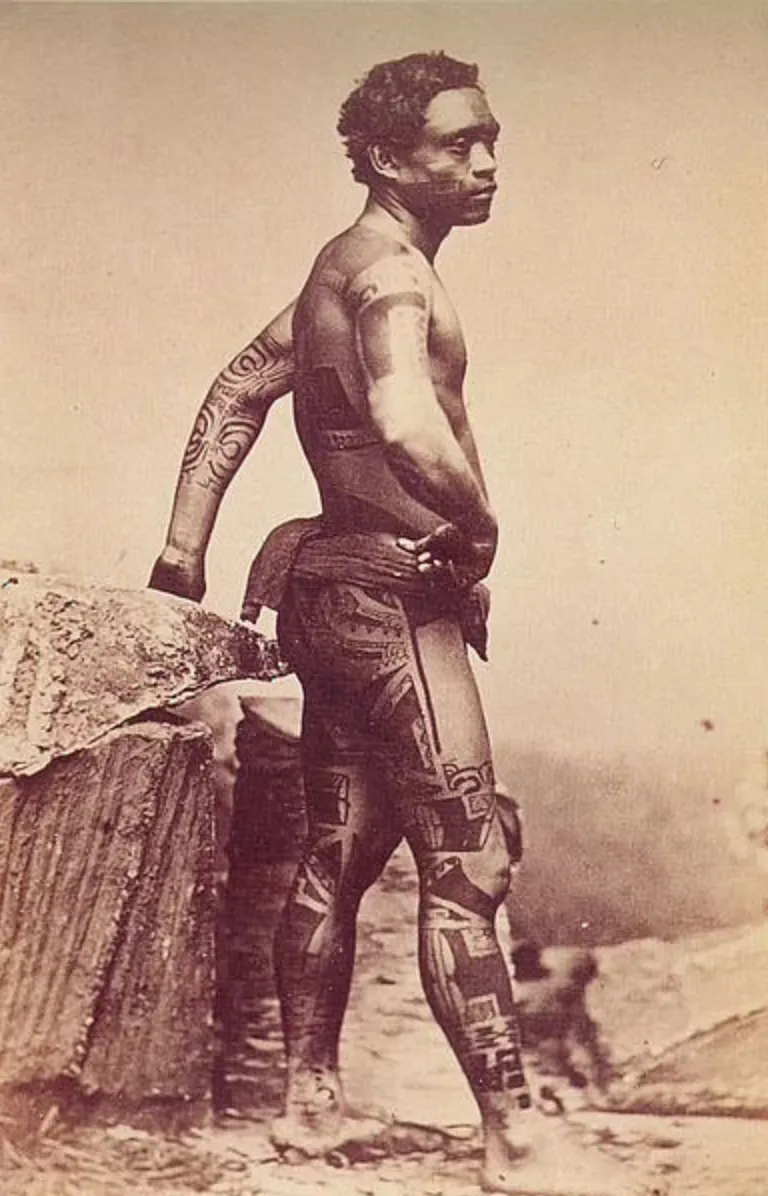
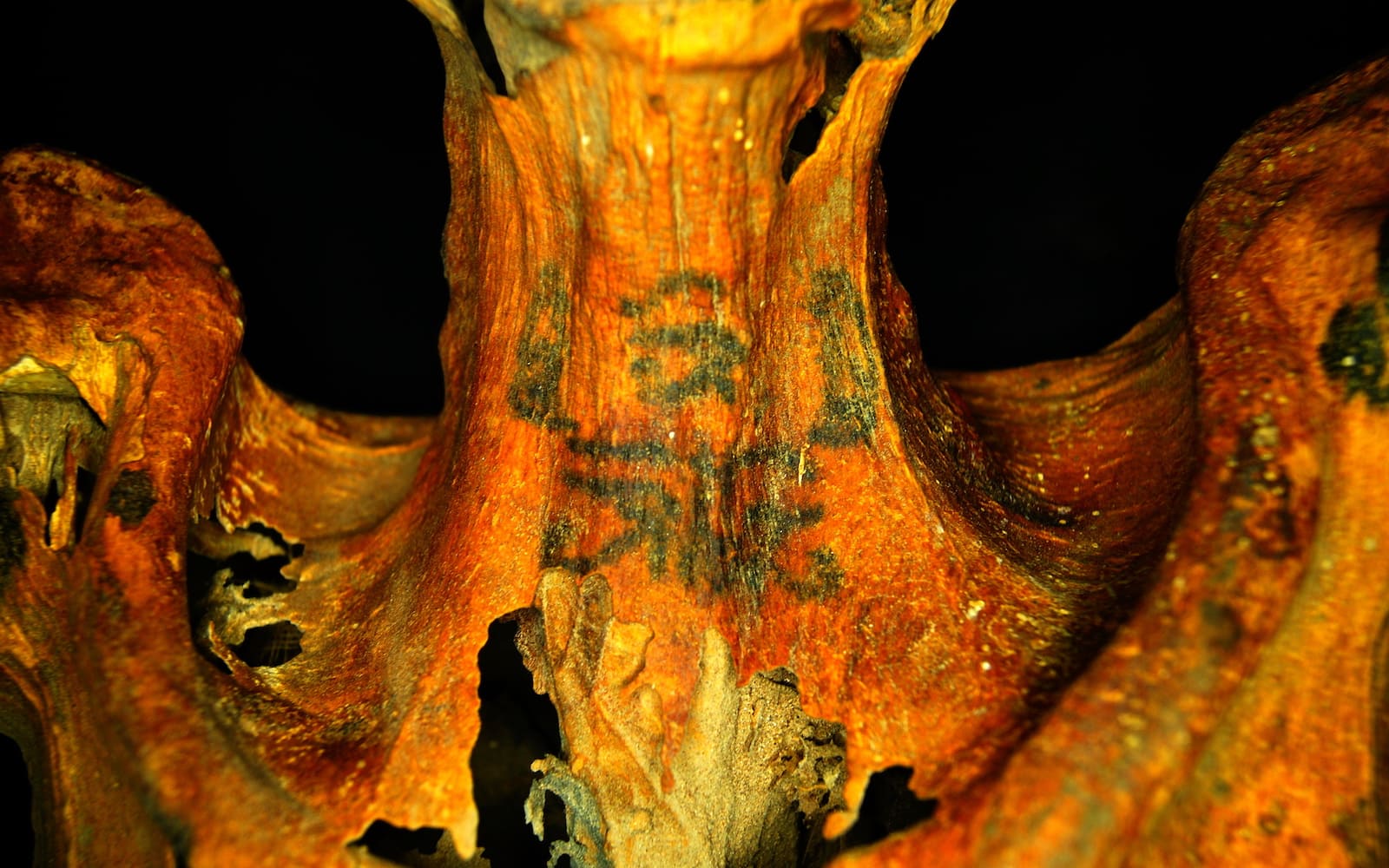
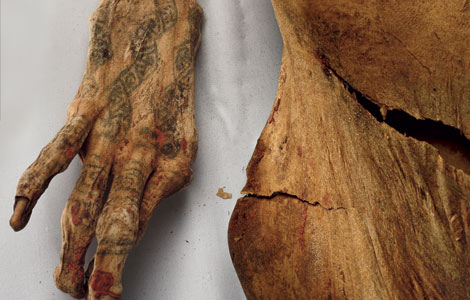
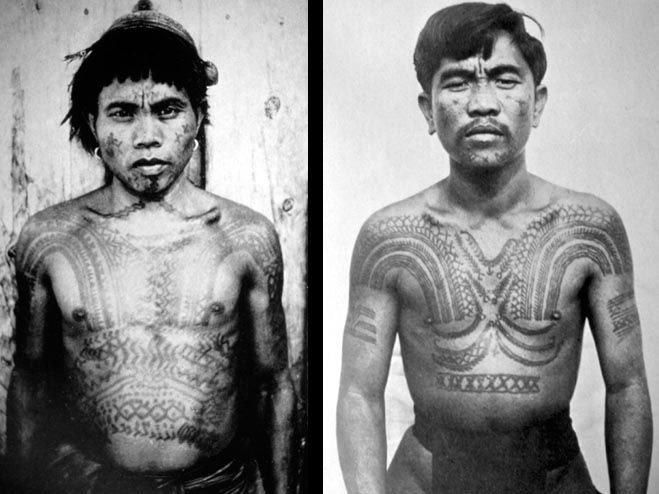
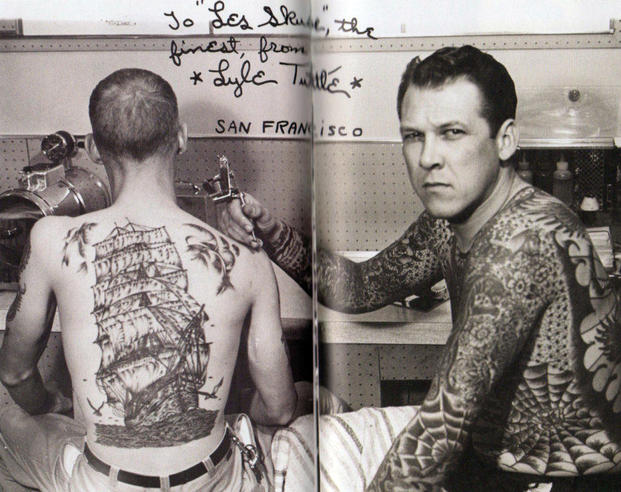


[…] © Tattoos Wizard […]
[…] full history of tattoos is a fascinating tale of how body art has found its way to thrive in different cultures and […]